June 2018
25th June - And still the sun shines! When the media inform us that it is hotter here than in Rio de Janeiro, and an official Heat Wave Warning has been issued, then you know that means seriously hot by UK standards. Hot, and very, very dry. Lovely for sun bathers but not so good for gardeners. Our watering rota is helping us keep everything going, but it is hard work some days, especially when we are also trying to keep that garden at home looking good. More about this later
Harvest Monday is here again, and this week there are more new offerings in our vegetable box. Take a look at our first Summer Cabbage, which weighed in at 890g after trimming. It is a variety called Duncan, which responded well to growing under the fine meshed net. Excellent steamed with butter and black pepper! Rather than grow dozens of them, there are just three on each plot, along with three Calabrese Marathon and three Cauliflower Maybach as well. Both of these are developing heads now and I hope the weekly soak helps them reach a good size, as we are really looking forward to tasting them.
They were a mixed group of bought-in plants, ordered when I had a free P&P voucher code and they are looking like excellent value so far. The notes said they were sown last Autumn and overwintered, so I shall have to see how easy this might be now that they could be sheltered from the worse of the Winter weather in pots inside a polytunnel.
The "rescued" Purple Sprouting Broccoli and Brussels Sprouts plants are putting on new leaves now and at home the Kale (Scarlet curly & Cavolo Lacianiato) Cauliflower (Clapton) and Red Cabbage (KIlaton) plants are growing away well too, so I am optimistic that there will be plenty to feed us later in this year and into next
Next in our Box are Maris Peer Potatoes, planted as first earlies. Despite the very dry conditions they have given us some nice looking tubers, admittedly not the heaviest of crops 3.86kg from 12 tubers, but much better than I had feared. There were lots of quite small tubers as well as the decent sized ones, mainly due to the late start to this year's growing season, and compounded by such dry conditions. I was tempted to leave the plants in longer, but those leek plants are bursting out of their tray now so I would like to get some of the in the ground next week and they are following-on after these spuds. We shall eat the small potatoes anyway, so they won't be wasted.
And then come the Carrots (Early Nantes 5 & Nandor) and Beetroot (Subeto), both of which are from the polytunnel, although the carrots on the plot are also ready and I pulled up a good handul of them to go with last night's dinner. They are mainly a reasonable shape even though the ground is a little stonier than I would ideally have liked, and of course are free of damage by Carrot Fly grubs, being grown under fine mesh
The beetroot seeds were a free trial pack, and I am very pleased with them. Those grown outside are also thriving, especially now they have been thinned out, and the roots have a good flavour and are well coloured. The other varieties (Cylindra and Chioggia) are also growing well, and their thinnings were large enough to roast, as well as providing decent leaves for salad... double harvest there!
The Autumn-planted Onions had all either bolted or tipped their leaves over, so I took them up to dry off. A disappointingly paltry crop this year, I'm sorry to say. We shall eat them and I'm sure they will taste just fine, but they are not exactly prize winners are they? They are the same varieties as we usually grow, but I think the reason lies with the weather: two very cold spells separated by a some much warmer days made them react as though their growing was complete... usually I struggle to fit the onions on this rack, and yes. these really are onions and not shallots!!
It is not exactly Onions-R-Us this year, as the Spring-planted sets have suffered from mole attention, but at least the ones on #145 are growing nice new straight leaves, and now that we have reached Mid- Summer, they will start the business of bulbing up. I shall give them a feed this week to help them on their way
The seed-sown onions planted out in PT1 are looking much healthier though, and I hope that they continue to expand their waist measurements. They are right at the end next to the netted section, which keeps them slightly cooler. I've looked at pictures of how serious onion growers treat their plants and they keep a hoop around each plant's leaves to protect them from accidental damage, so the plant can gain maximum use from each leaf. Seems sensible if you have the hoops, as it is easy to split leaves when I reach across to weed them. Thye also seem to grow their onions in air pots, one to a pot,which is not what I aim to do... the cost of the pots alone is prohibitive.
Our harvests have also included regular Veg Box contents, which keep coming along in manageable quantities, that in no way could be called a glut, giving us plenty of variety:
Lettuce
Celery Leaf
Dwarf French Beans
Peas
Broad Beans
Spring Onions
Strawberries .
... and the first of our Summer Raspberries, which although small, have a very good flavour. I cooked these through very gently, which intensified their flavour still more: just right with some home made icecream
And then there are the Courgettes. That single plant in PT1 is still going strong, and this week we have had five fruits from it. I decided not to stack them up in the fridge, but take one to give to our son's family and hide two in this cake... Chocolate Orange Fudge Cake. (Recipes 2018) which didn't last long at all. The name of the cake describes it perfectly: chocolatey, fudgy yumminess.
The other courgette plants out on the plot are looking health too, and will soon be in full production, so I suspect I shall be making varations on this theme of cakes with hidden courgettes throughout the Summer, as well as searching out ideas for savoury dishes that use courgettes. I feel I shall not be alone in this!!
The garlic harvested last week is now tied up ready for storage, and the remaining crop on #145 is now drying off. All of these were gifted, and were very small cloves. I was unsure how well they would grow, but as I had space available I thought I might as well give them the best chance. Really, they didn't do particularly well. For comparison, the heads grown from the nice fat cloves given to me by a plot neighbour John, who'd run out of space, were grown alongside them, and you can see these at the right hand end of the row. They are Caulk Wight, and I shall keep some to grow next season. Notice on the stem of one there is a split, holding three cloves. Never seen this before! Great gift John.. thank you!
The only ones I would recommend growing from the others though would be Anthon, Betin and Music, which seem to have made farily decent bulbs. The rest are too small to use for anything except adding sliced in half to a tray of roast vegetables, sadly.
Here is a closer view of that unusual split stem with the small cloves in it. I've never seen this before, but if you have, please do let me know as I am interested in why it has happened
That is the end of our edible harvests for this week.
I am cutting absolute armfuls of sweet peas though, and the quantity in the header photo is what comes home on alternate days. I planted several packets of mixed seed, and so far shades of red dominate. They smell so good, and look amazing with the greeny yellow of Alchemilla and the fresh white daisy-like flowers of Feverfew. There are vases of them in every room downstairs, including the shower room! I must remember to give the next bunch a good shake before taking them indoors though, as there are masses of little black pollen beetles on them
This week I planted out some Rainbow Chard, and some of the Florence Fennel grown at home in modules. They seem to have survived the shock ... shade netting has helped a lot.... and are standing up properly now, which is a good sign.
Looking ahead to later in the year, I have sown Oregon Sugarpod and Magnolia Tendril Peas in modules (These will go in PT1 on the netting there) Lettuce Salad Bowl and Little Gem, Kohl Rabi Olivia (A new crop for us. I was persuaded when I saw the ones Dave from Our Happy Acres' had grown) and White Lisbon Spring Onions. I have another batch of these ready to plant out, so I must find a corner somewhere for them. Thye are such a useful vegetable
The Salad Bowl lettuces were up in four days! I kept them in the shade under the greenhouse staging as lettuce seeds will not germinate when the soil temperature is over 35°C, and it seems to have done the trick. They will be planted out in rows once they are large enough, using the bed the onions have come out from.
Now to return to our front garden.
We had a vision of the small bed under the window edged with brilliant purple lavender every Summer, bought some plants and waited from them to grow and flower. The bees love them, the butterflies love them, it all smells divine... but the stems flop forward over the grass and look really untidy. We bought the wrong variety.
So, once it has finished flowering this year, the plants will be coming out, to be replaced by a variety that will sit up straight and still of course be equally beloved of bees and butterflies. We have found a source of the "right" plants at a good old fashioned nursery about 15 miles away, who sell them in 2l pots too, not plants the size of my thumb nail atht take three years to fill the space, so this time next year we shall hopefully be enjoying our new lavender border, not trying to find yet another way to support the flopping stems of this one!
This week's Wildlife Spot goes to the Common Black Ant.
Ants' nests seem even more numerous than usual and this week, when we took a phox plant out of its pot because it wasn't growing well... we could see why. The whole soil was riddled with ants' nest tunnels and chambers, with thousands of ants everywhere. It was a fascinating structure, with ants moving small eggs and larve back into the shelter of the nest, and trying to collect the hundreds of pupae falling out onto the sheet of plastic we were using under the pot
Ants can disturb the roots of growing plants, and are generally though of as a nuisance, but when you realise that an individual ant can move up to 20 times its own body weight, that the combined brain cells of the ants in a large colony are equal to the number of brain cells in a human being (wow!) and that they co-operate to have a perfectly run colony, suddenly it seems plain wrong to just kill them off beacsue they are in the way.
So we carefully carried the plastic sheeting over to a disused plot, tipped the whole nest onto the ground in the shade under the hedge,together with all the pupae that the ants were busy rescuing, so that they had a chance of continuing as a colony. A queen ant can live for up to ten years, so they may well be OK. Shaking off as many ants as possible from the roots of the phlox, we left them to it.
So next time we have a Flying Ant Day, which usually take place in late July but might well be earlier this year given the weather, let's be a bit more appreciative of those little Common Black Ants and let some of those mated females escape to create wonderful colonies ...hopefully not in pots of soil in which we are trying to grow plants though
To end this week, I'd like to share the vew from our front garden .
Our neighbour across the road cleared the rough verge alongside his garden wall with several weeks of hard work, and then sowed a mix of wildflower seeds, which his wife painstaingly weeded to get all the nettles out. The flowers are now blooming, but they can't see the from their window, whilst we can enjoy the sight from ours, so thank you very much, Clive & Theresa. It looks amazing!
I shall be back next Monday, probably still with a watering can in my hand, leeks in the ground and courgettes in the fridge!
If you'd like to read more about Harvest Monday, have a look here at Dave's hosted pages
and if you would like to contact me, you're very welcome, on:
info@alitttlebitofsunshine.co.uk
and I'll get back to you as soon as I can
18th June - Watering has been the order of the day, essential now for all the crops, potatoes weekly to ensure decent tuber formation, brassicas weekly to make sure they keep developing hearts or curds, roots every 7-10 days to keep moisture levels even so they don't split, pea plants needing to form proper peas, and so it goes on. In the polytunnels it is really important that the soil does not dry out if the tomatoes, cucumbers and sweetcorn etc are to continue with their rapid growth, and of course strawberries need to swell..... we now have a weekly rota so that nothing gets forgotten, and we are not spending hours and hours at a time with such heavy work. We are very grateful to have borehole water readily available
Harvest Monday has lots to celebrate this week:
Garlic: This is our maincrop, dug up and left to dry for a few days before I trim off the roots and attempt to make a plait, before storing in the garage at home. The drying rack was made by Abi a few years ago, and holds the bulbs up off the ground as well as allowing air to circulate round them. It stand vertically behind the shed when not in use, and is absolutely brilliant. The small bulbs are ones formed from the tiny cloves I would normally have discarded at planting time, but as there was space, I gave them a go. They will be fine for slicing in half across the middle, to use with a trivet of vegetables when roasting meat, or to add flavour to roast potatoes.
Potatoes: These First Earlies are Charlottes, which hold their shape so well for a salad, as well as tasting good of course. It was when I dug this first plant that I realised how dry the soil actually was six inches down. Last year lots of our potatoes were misshapen, due to erratic watering, so we are trying hard to avoid this happening again this season
Broad Beans, which have certainly fattened up since they have had a couple of good deep soaks, are still tender. These were used for a warm salad with the Spring Onions and Celery Leaf. The follow-on crop of Wizard Beans is almost ready to pick now, and I can see I shall be freezing some of the beans as suddenly there will be a glut. The blackfly has been minimal so far, and easily rubbed away with soapy fingers. Long may that last!
Dwarf French Beans from PT2 are still flowering ... a feed at the start of the week has helped. These are such a versatile vegetable and we have enjoyed these first pickings in salads, steamed as a side dish and cut up in curries. The outdoor plants are now flowering, so we should have beans coming for a while yet.
Lettuces are a regular harvest too: Red Little Gem are almost ended, but there are some small green cos coming along, as well as some softer green frilled ones.
Courgettes are another regular. The single plant in PT1 is providing at least one a day, and those planted out on the plots are beginning to develop female flowers now, so there will be plenty of them very soon. They are easy to incorporate into all sorts of dishes though, as well as being used as a main ingredient: I just need to ensure they do not build up in the fridge but get used (or shared) whne they are at their best
We pick Strawberries daily at the moment, and there are more to come, as some of the pots of plants outside are now forming fruit, so they will replace those under cover, where all the fruit is finished. This seems to be working quite well and is giving a steady supply. I need to organise where these troughs and pots will live until they fruit again next year. There are quite a few of them now, and having them lined up alongside the beds makes for nice little runs for mice to hide in during the colder weather... something to avoid of course if we can
These ones were given to our daughter, who plans to make jam with them. I shall look forward to a little taste!
And here is one of our new harvests - Watercress. This is growing in a deep trough on the table along the back of our seating area, where it is in the shade and close to the tap, so there is no excuse not to water it. The first sowing was mainly eaten by slugs, and the few plants that escaped are large enough to cut now. The replacement sowing now has its first proper leaves, so I hope we have plenty to harvest soon. It has a really good, clean spicy flavour
And then there is Mangetout, the last picking of this for the season, sliced lengthways in a mixed salad. They have been growing up a net in PT1, taking up a strip of ground 30cm wide, yet giving us many, many juicy pods to eat in the past weeks, as well as enough mature pods to dry for seeds.
This week I shall sow some sugar snap peas in modules, to grow up the same netting. At least the plants won't be pecked to pieces by pigeons, infested by Pea Moths grubs of blown down in a gale... a lot to be said for under cover growing really. If there are any Magnolia Tendril Pea seeds left I shall sow those, plus some Oregon Sugar Pod
That is the last of our edible harvests this week, although we have had flowers to cut:
-
Sweet Williams grown from seed last year looked dreadful at the end of the wet Winter, ut now are full of strong-Stemmed flowers that smell of cloves, especially in the sun
-
Sweet Peas are growing up a wigwam of twiggy sticks, as as well as amongst the pea plants. A second sowing to extend their season is now climbing the wire fence
Some of the new plantings this week include Calabrese Monclano, a Clubroot resistant variety, which is in the bed where the garlic grew. Last year I tried to grow a Winter crop of kale in this bed, but they quickly succumbed to Clubroot, wilting in the sunshine and developing gnarled roots, so it will be interesting to see how these plants get on. I have waited until they are a good size, and added some chicken manure pellets in each planting hole, to give them the best start I can.
There are also some green frilled lettuces planted amongst them, which will be out and eaten before the Calabrese plants' leaves restrict their light
And at long last we have found a home for the Japanese Wineberry I was given earlier in the year. The spot we had originally thought of using became overgrown by a rampant homeysuckle and it has been tricky to find somewhere suitable. However, it is now situated alongside one of the wooden arches, where I hope it can be supported as it grows. There are flower buds on it, so maybe we shall vene have a few fruits to taste later in the year. It does look very good, with its shoots and buds surrounded by fine bright red bristles, so I hope it thrives in its new home
However, its roots filled the pot, so no doubt it was running out of nutrients, and I suspect that these pale green leaves may be the result. A feed of Blood Fish & Bone, plus some Epsom Salts, should do it a power of good
The Wildlife Spot this week goes to one of the most welcomed bugs ever: Ladybird Larvae. This one is a young Seven Spot Ladybird and it eats aphids, large numbers of aphids, before making a pupa, within which it miraculously turns into an adult ladybird, which also of course, also feasts upon aphids.
This year there has been an outbreak of aphids on our apple trees, causing the leaves to curl, but inside these curled leaves are often little larvae, eating their way though dozens of aphids. They may not be breathtakingly beautiful, but we wouldn't be without them
And to end this week, I'd like to share this photo of a very special Philadelphus, given to use by a dear friend when she emigrated to New Zealand. It was her late husband's, always in flower for her birthday at the end of this month and it's perfume right beside her front door was a Summer delight. Pier used to hack it back every year, but somehow it always survived, much to our amazement
Here it is, filling our garden now with it's glorous scent, so thank you, Kate. It is a lovely memory of Pier and of our times as neighbours.
I shall be back next Monday. I hope you are all managing to keep your crops going and enjoying your harvests too
If you'd like to read more about Harvest Monday, have a look here at Dave's hosted pages
and if you would like to contact me, you're very welcome, on:
info@alitttlebitofsunshine.co.uk
and I'll get back to you as soon as I can
11th June... Flaming June it is indeed! This has been a glorious week, with plants growing right left and centre... including weeds of course, which if I think of as a harvest for the compost bin, seem less of a chore to pull up. Autumn planted onion sets are either going to seed, or tipping over to show that they are nearly ready to take up: a sure sign it is Summer
Harvest Monday starts not with onions, but with an onion relative: Garlic. Their leaves are starting to yellow, and some plants had fallen right over in the very dry soil, so today I decided to see what was down there... fairly good sized bulbs, with plenty more still in the ground
There are some other new harvests this week. Broad Bean pods are fattening up nicely. These are the Red Epicure ones, and although the beans inside were quite small, they were delicious. The plants are remarkably free of blackfly, and there are lots and lots of pods still developing. The Wizard Beans have just finished flowering so we should have broad beans for several weeks to come.
I tied the plants up against their supporting sticks in case they suddenly blow over like they did last year. A bit better prepared this season!
Next to the table this week is Celery Leaf. This is the first time I have grown it, and so far it is worth the space. I did read that it grew very tall, but this variety clearly doesn't, and at about 25-30cm, it is easy to accommodate. Half of them are planted out alongside the runner beans, where they will get plenty of water and are shaded from the heat of the sun most of the day; the other half are in PT1, in a shadier spot near the door so I can water then frequently
The flavour of celery is intense, and so far we have used it finely chopped as a garnish for a pasta dish, and as single leaflets in a green salad.
Also in the photo are some Courgettes, Parthenons from PT1. We have had four this week from the one plant, and with several others out on the plot now starting to form flowers, we shall be well supplied with courgettes for some time I feel!
Another seasonal harvest has been the first picking of Elderflowers. The warm, sunny weather has brought the flowers on well, and I was able to pick a bagful with plenty of pollen still on them, and as pollen equals flavour I was very pleased indeed. They grow wild in the hedgerow bounding our site, and I hope to be able to gather some more next week. These ones went into gin almost as soon as I got them home, one lot with orange peel, one plain. They already smell wonderful when I stir them every day, but it will be a while before we taste the two of them. I made a small quantity of each last year, and they were so good that production needed to be increased this season for sure!
There is one more new harvest, rather unexpected but nonetheless usable: Shallots. The leaves of both the Autumn planted and Spring planted crops are beginning to yellow, and it won't be long before they are all out to dry properly for storage. I can imagine this is when we shall have a spell of wet weather of course! One plant though had been pushed out of the soil by a passing mole and the roots had shrivelled, so I took it up a little early. They are quite small, and I hope the ones staying in the ground a little longer are bigger.
Also in the picture is another courgette and some Mangetout. The Mangetout plants have been productive for a couple of months now, and they have almost run out of steam, so they are now mostly chopped up and in the compost bin. I had set aside some pods to ripen seeds for next year from both varieties, and these are having time to finally dry indoors at home
The Strawberries are fruiting well for young plants, and there are still a lot of immature fruits to swell, so hopefully there will be enough to make some Strawberry Vodka again this year. One of our day's harvests went with some Rhubarb to make Strawberry and Rhubarb Crumble Squares, which were good cold, but even better slightly warmed with cream
I can see that this recipe could easily be used with gooseberries or blackcurrants too, and I might give them a go as these berries ripen
Other harvests this week have included Lettuce, Radishes and Beetroot, as well as Sage, Chives and Curly Parsley
Towards the end of last week we went to visit a local nursery, and came away with a couple of pots jammed with Brussels Sprouts and Purple Sprouting Broccoli plants. Their roots were so entwined I ended up having to wash the soil right off them to separate out individual plants (Note to self: Do not buy such overgrown plants again, even if they are very cheap) These are now planted each in their own pot, in the shade under the strawberry table in the netted section between the polytunnels. So far they seem to be OK, but I shall leave them in these pots until they have grown enough roots to survive a further move out onto the plots. The weather has been so hot I don't think they would have managed without this extra care, as they would have just wilted and been unable to recover through lack of functional roots.
This all came about because the plug plants I had sent for were well below par, and I was left with only two Brussles Sprouts plants. These plants were six each of varieties that were Club Root resistant, as on #146 there is an increasing problem with this disease. I did get a partial refund, but that left me without the plants I'd planned to grow. I sowed some seeds of Lodero Red Cabbage; this germinated quickly and as their space is still occupied by Elelphant Garlic, time is on their side. The Sprouts are actually going out on #145 so possibly "normal" varieties, such as these Trafalgars, will cope. Anyway, that net section between the two tunnel is suddenly looking very full!!
This weeks' Wildlife Spot goes to one of my favourite moths: The Scarlet Tiger. These are uncommon across much of the UK, although locally populations are numerous. Their caterpillars feed on both Alkanet.. and we maintain plants along our drive specifically for them... and Forget-me-nots, which is how they were transferred to our plot, on plants from the garden, where there is now an increasing number of these delightful insects
They are day-flying moths, that flutter along happliy in the sunshine, with their bright scarlet hindwings being very obvious. At rest, these are hidden beneath their black and cream forewings, as in this photo
This individual is a female, as you can see from the threadlik antennae. Males have feathery antennae
And to end this week is a view of our small pond that Abi dug out last year. It supports birds that drink there and bathe... a brood of fledgeling wrens with their parents early one morning this week... a range of colourful damsel flies and larger dragonflies, bees that come to sip at the very edge of the water, as well as frogs and their offspring, to name but a few. A quiet spot for us to sit and think too.
I shall be back next Monday. Thank you for taking the time to read this week's blog!
If you'd like to read more about Harvest Monday, have a look here at Dave's hosted pages
and if you would like to contact me, you're very welcome, on:
info@alitttlebitofsunshine.co.uk
and I'll get back to you as soon as I can
4th June- We've reached a tipping point of the year on the plots, when every bed, both inside and out, has something purposeful growing in it, and briefly, very briefly, we can sit in the sunshine, look around and smile
The glorious sunshine comes at a price under cover though, with temperatures soaring into the 50s: time to put our cunning plan into action. Abi joined the two tunnels together by covering the space with fine netting (aka voile curtain fabric, as strangely the roll of debris netting appears to have vanished) so that the two rear roll-up doors can remain open, but insects and birds are kept out. The netting shouldn't be too wind-resistant, and the fabric is soft enough not to chafe against the covers of the tunnels. There is also then somewhere accessible to put the extra water butts and keep seedlings that need a little shade, such as the leeks and brassicas, as our giant cold frame is currently out of action
Harvest Monday celebrates what growers have brought home this week:
Pak Choi, the last few leaves from an early sowing in a deep tray, which has been very successful. Growing like this means no flea beetle holes in leaves and far less slug damage, so I have sown more. The tray is sitting in the shade on the table behind our seating area, next to the Watercress as they do not really enjoy the heat. (That is the Watercress that was munched by two large, fat slugs so I had to resow.. urgh!)
Spring Onions from the clumps planted out a few weeks back. The next sowing is looking pretty pathetic, so I shall sow more, as these are so versatile we can get through lots. This week's harvest were sliced and mixed into Egg Fried Rice
And Mangetout. We have been eating it sliced raw in salads, steamed, added to stir fry and as an addition to curries just before serving. The pods with peas visible in them are even sweeter tasting than the very immature ones
Lots of the pods had nine or ten peas, which is promising for our outdoor crop of Hurst Greenshaft, which are just coming into flower now. Despite my efforts, pigeons managed to squash the plants by sitting on them, so I have put a net right across the two parallel wire mesh supports, which should put paid to their exploits
The sugar snaps growing opposite them also have some flower buds... really looking forward to these as the mangetout will soon be ending, and they should follow on within a couple of weeks
The Red Little Gem Lettuces are large enough to eat now, and although they are growing under cover, the leaves have developed a really good colour. More lettuces have been planted to provide a bit of variety, as well as keep the succession going: Tom Thumb from our greenhouse at home, and small seedlings of green LIttle Gem given to me by a plot neighbour. These looked very sorry for themselves when they were first planted out, but picked up really quickly. She also gave me some Mizuna seedlings, which are already romping away. Thank you, Jane!
This week a few of us have made some three way swaps, laughingly saying our plots would look identical soon.... laughingly, as they are all productive, but very different in character. Lovely to share surplus plants rather than consign them to the compost bin.
Our final harvest this week is Strawberries. In order to foil the rodents, lots of our plants are in containers, taken under cover to ripen, as soon as all the fruit is set. This week, something actually chewed through one of the mesh-covered ventilation windows to get to the (unripe) fruit, whilst clinging somehow to the outside of the polytunnel. For goodnesss sake!!! I have moved the staging further away from the sides and firmly closed the cover for the vent, and hope that keeps them away {{{{deep sigh}}}}
We also have a lot of plants grown from runners, that have rooted in the deep compost under the woodchip paths, and most of these are bearing fruit now. Rather than abandon these to the voles etc, I have put cloches over them, weighted down by bricks. Let's hope it does the trick!
We did gather a small bowlful of ripe fruit, but ate them before I remembered a photograph, sorry.
The last harvest this week was Potatoes, taking up the Swift plants from PT1, giving a further three quarters of a kilo of tubers. Their space is already filled with lettuce plants and some of the Celery Leaf plants which are already almost large enough to pick.
The First early potato plants outside are coming into flower, and suprisingly both the Second Early and Maincrop varieties are also starting to flower, both at the same time. They were planted out within days of each other and in theory the Maincrop ones would be aweek or two behind the others, but not this year...another outcome of the unusual weather patterns perhaps.
All the beds may be full right now, but as crops are harvested, the next plants need to be ready to go in, so this week I have sown in modules: Purple Sprouting Broccoli, Sacrlet Curly Kale, Cavolo Lacianiato, Florence Fennel, and Red Cabbage, and already potted on are Brussels Sprouts, Ballhead Cabbage,Calabrese, Chard and some tiny cauliflower plants
The freezer had its annual stock take, and there was a suprising amount of cauliflower and calabrese lurking at the back, which made me review the number of cauliflower plants we are planning for this year. There are six already in the ground which might well be enough for our needs. There are also six calabrese growing, but we shall easily consume them, being somewhat smaller than cauliflower heads, so I shall have to think about how many of each we actually need.
Most of the squash plants are starting to stir their stumps, so I put in the sticks I hope they will climb up eventually, to keep their fruits off the ground. Looking at the bed now, it is hard to believe how large some of these plants will grow. The tripods are very firm, so should support the weight of foliage plus fruits, even when the wind blows
The Wildlife Spot this week goes to ........
-
This pale green female Crab Spider has taken up residence in a peony in our garden, hoping to catch insects with its long front legs. It can change its colour to yellow, over several weeks as a camouflage strategy on yellow flowers. Males are smaller and lack the red markings
-
Rose Chafer numbers seem to be increasing locally. The adults feed on pollen, nectar and petals, usually roses, whilst the larvae, which take 2 years to mature, eat rotting wood and vegetation. I wonder if all the composting wood chip on our paths is supporting them?
Foxgloves abound on our plots this year, varying in colour from a strong purplish pink to pure white, some with spots inside their flowers, and some without. This year we have a few with cream flowers that open to pale pink which look very delicate. They are one of the few flowers we grow which are not edible: they are very poisonous, even in quite small quantities, but any children who visit know this, and wouldn't dream of attempting to taste them. They know these flowers are for the bees. Bumble Bees, with their long tongues that can reach right inside the flowers to the nectar, buzz beguilingly from bloom to bloom, often disappearing completly inside one while they feed
One of the many stories telling why the flowers are called Fox-Gloves tells how foxes would wear the flowers on their paws when they carried out their sneaky raids on people's chicken runs, whereas another version maintains their name used to be Folks-Gloves, Folk being an old English word for a Fairy, as in Fairy-Folk. Either way or neither way, they are beautiful flowers that remind me of early Summer childhood walks along the edge of the woods
That is the end of this week's blog, which I am glad you read.. thank you
I shall be back next Monday, talking about Elderflowers I expect, give that they are opening now along the hedgerows surrounding our site
If you'd like to read more about Harvest Monday, have a look here at Dave's hosted pages
and if you would like to contact me, you're very welcome, on:
info@alitttlebitofsunshine.co.uk
and I'll get back to you as soon as I can


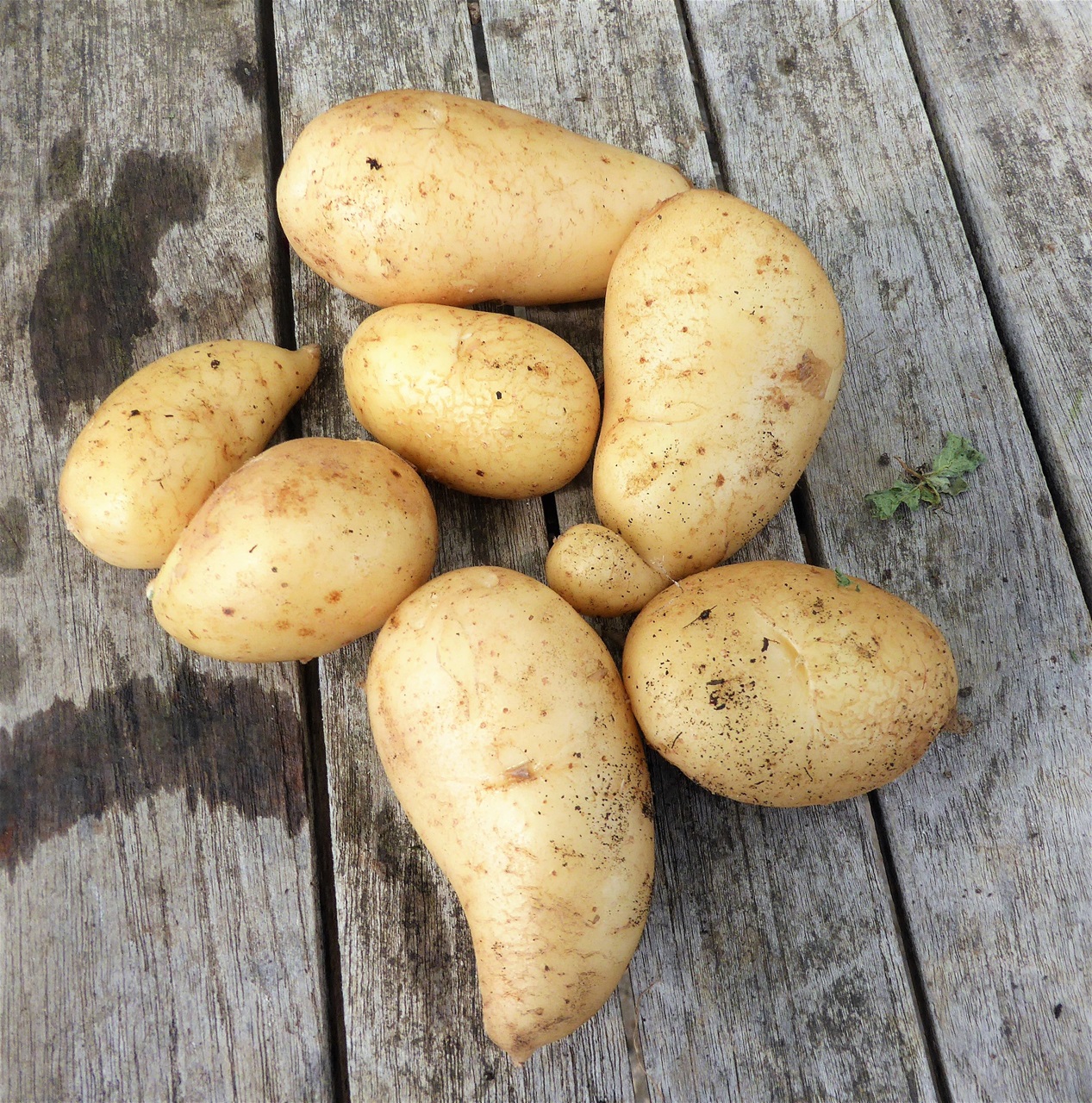
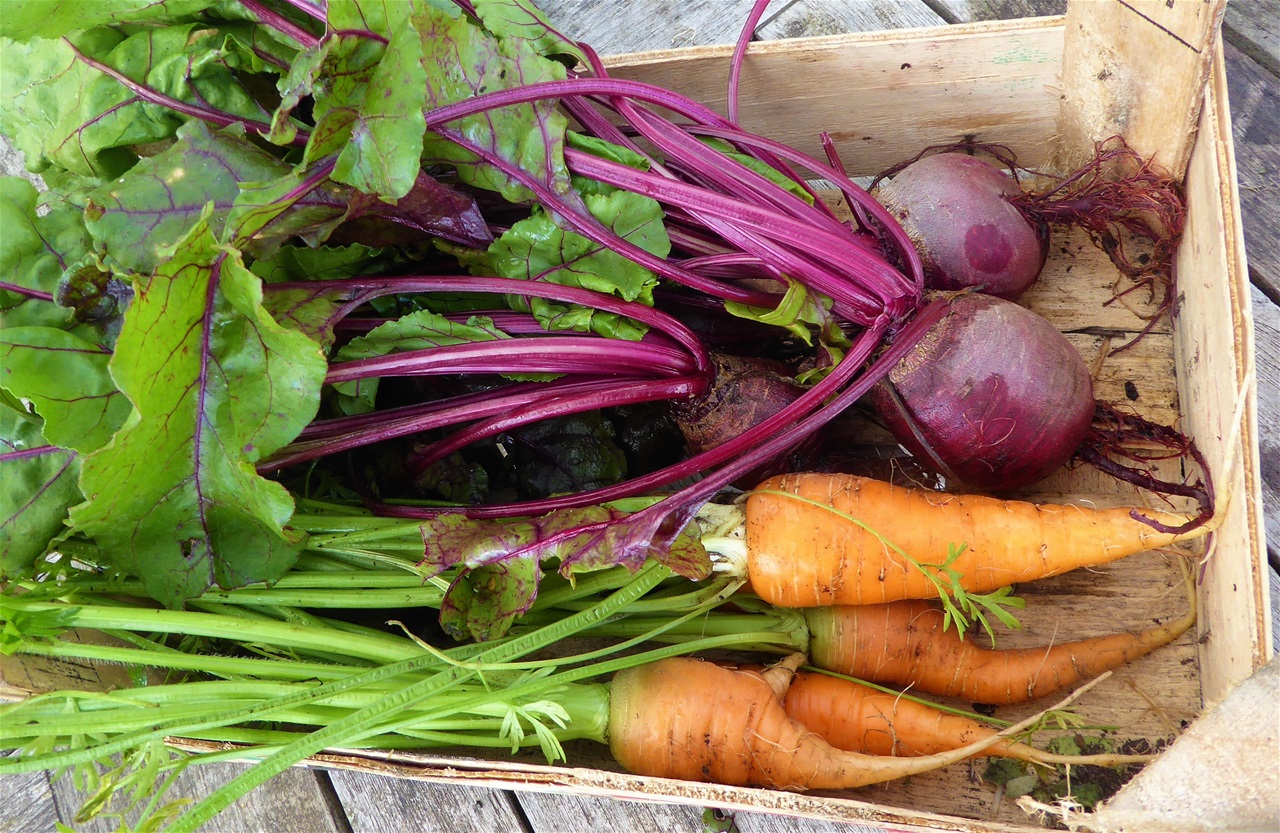

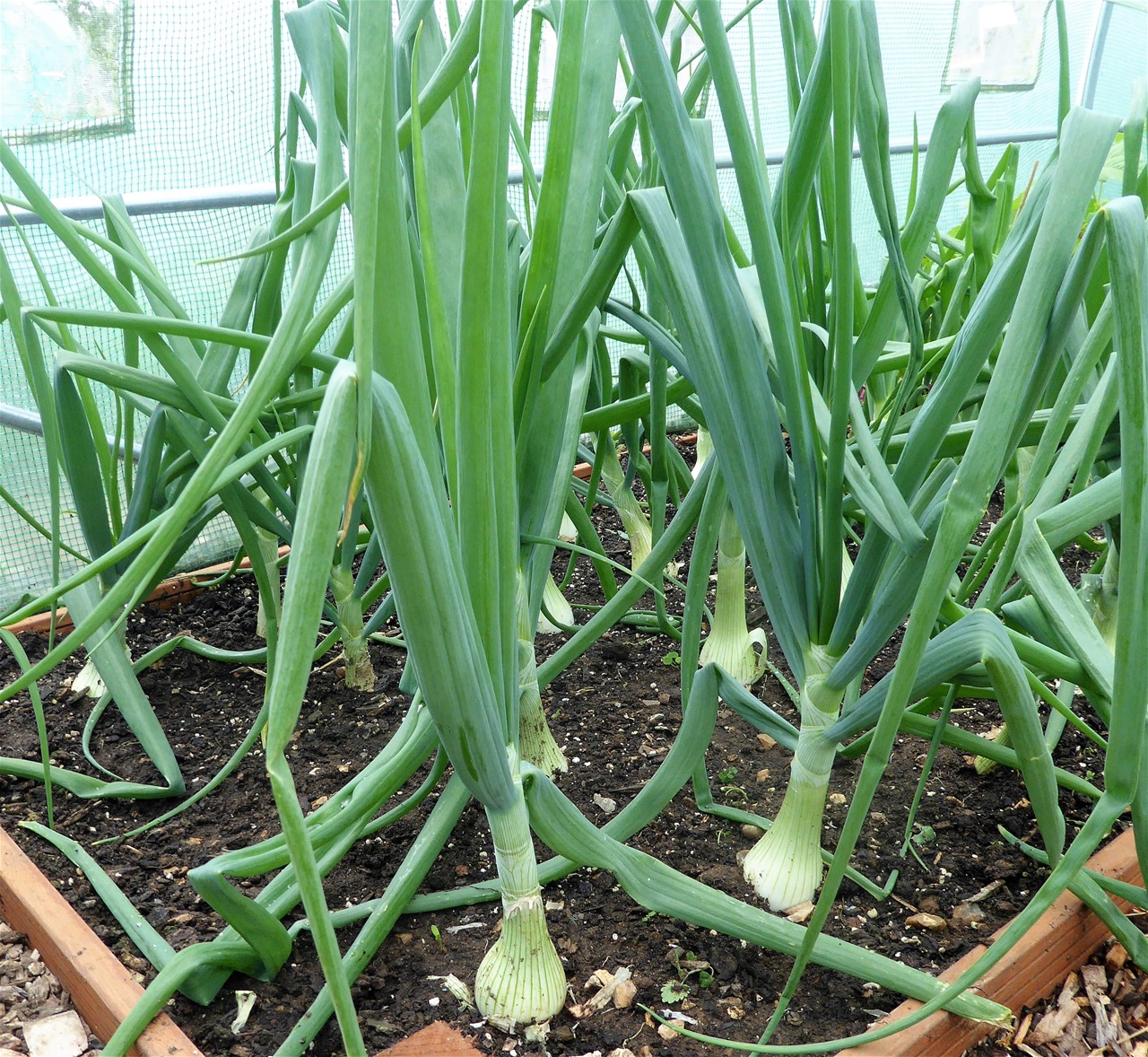
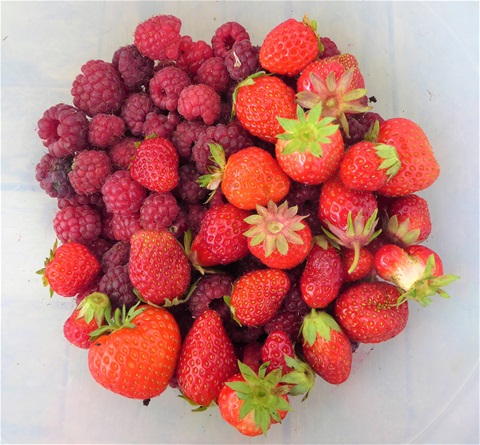


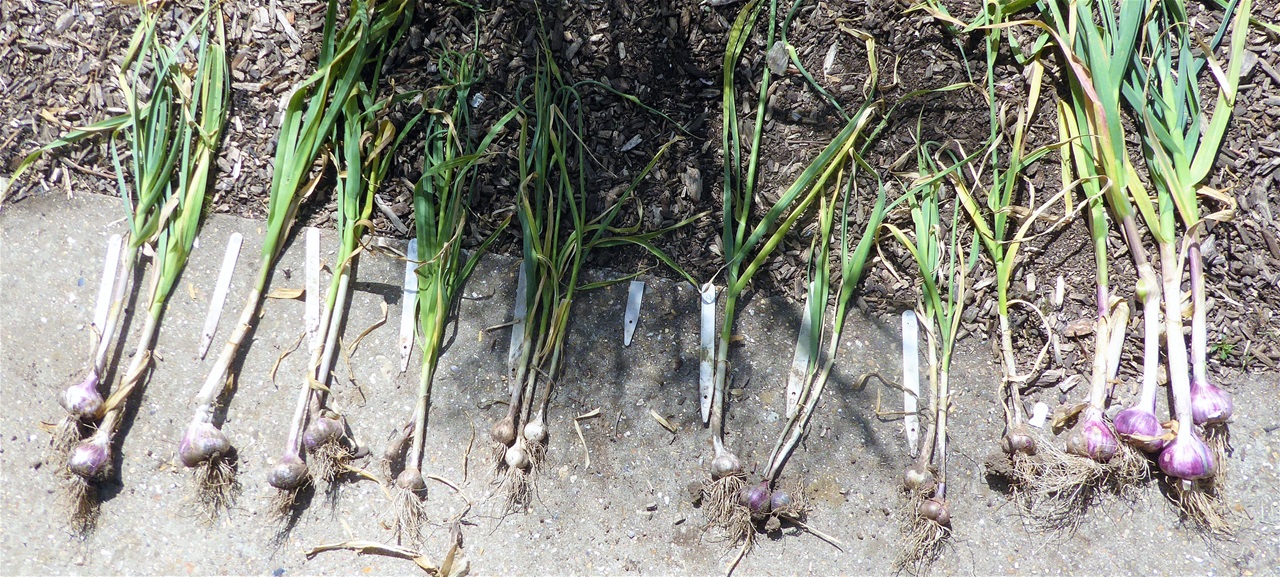
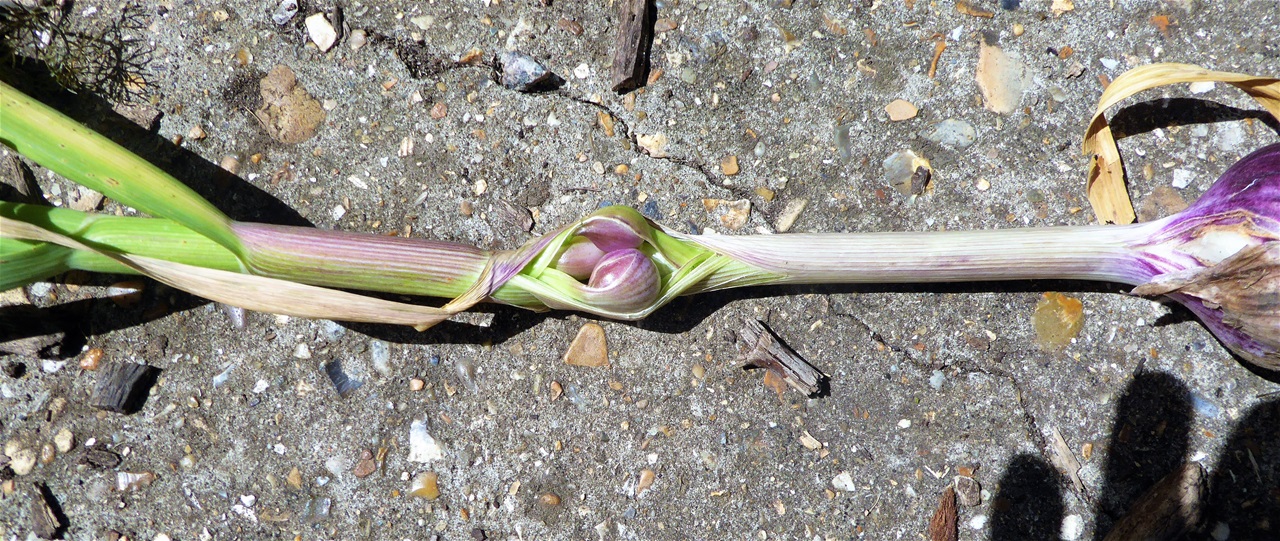

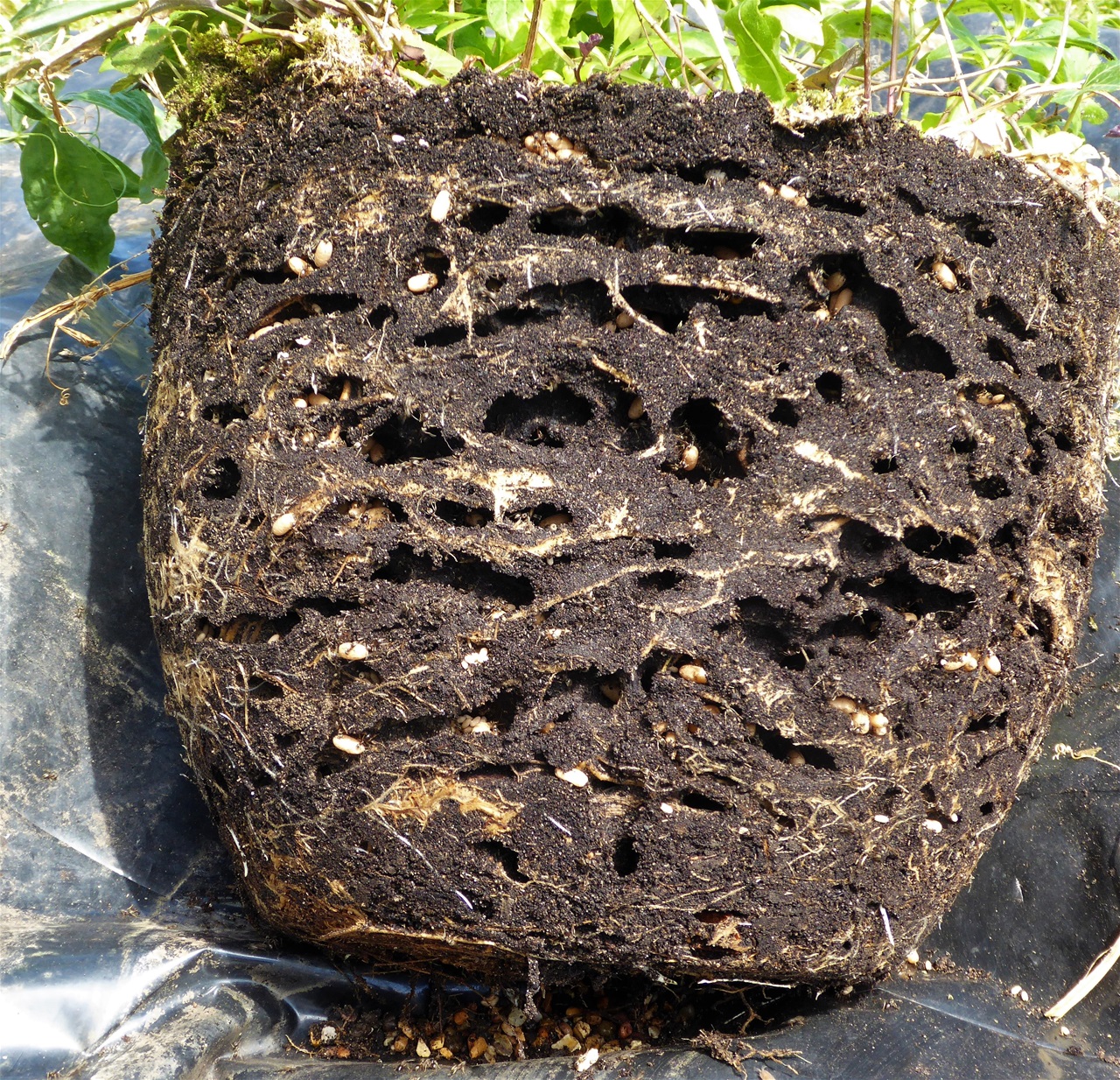

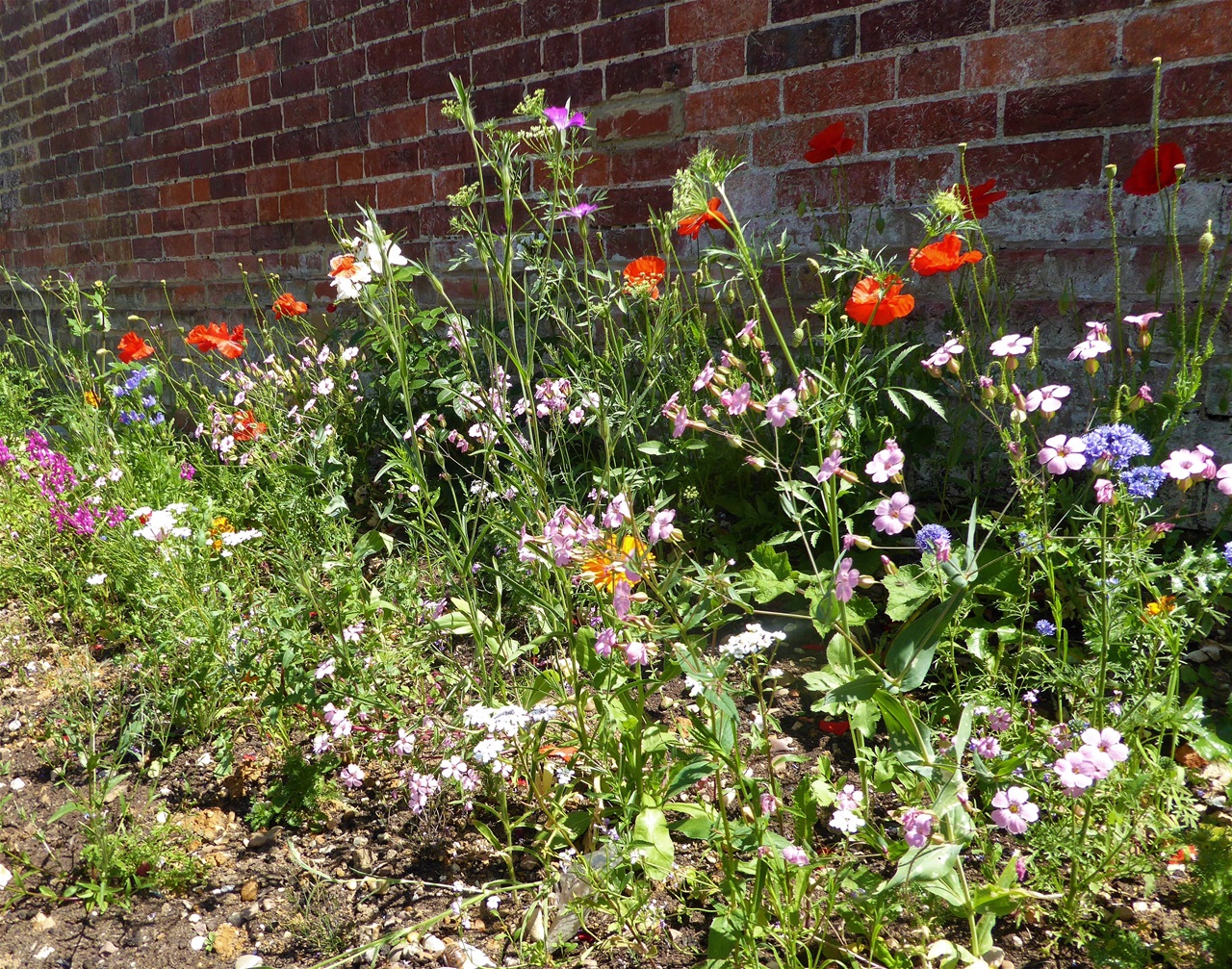
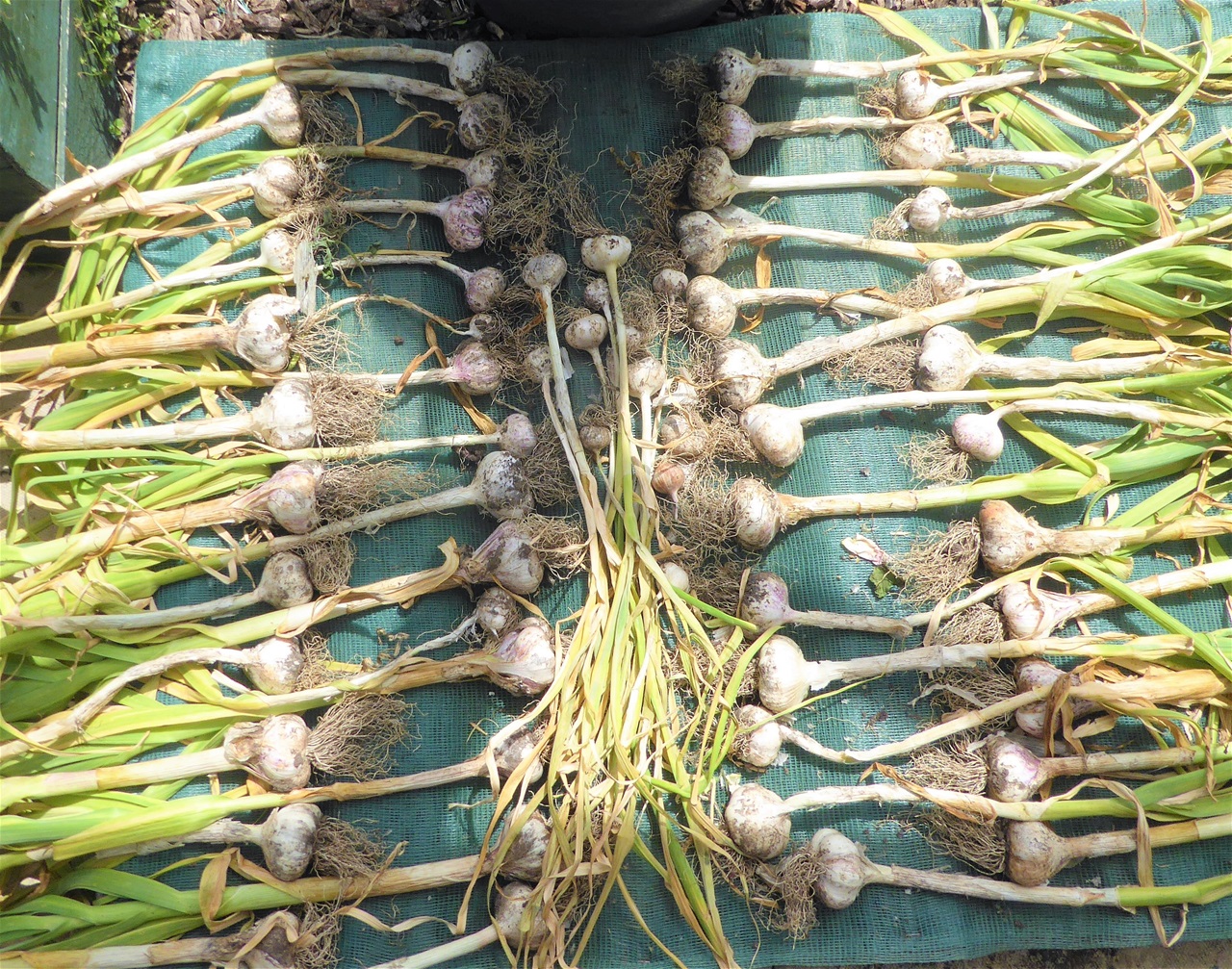

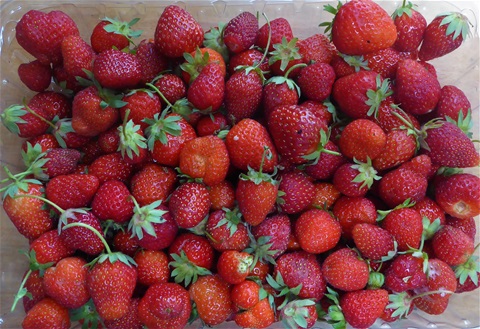
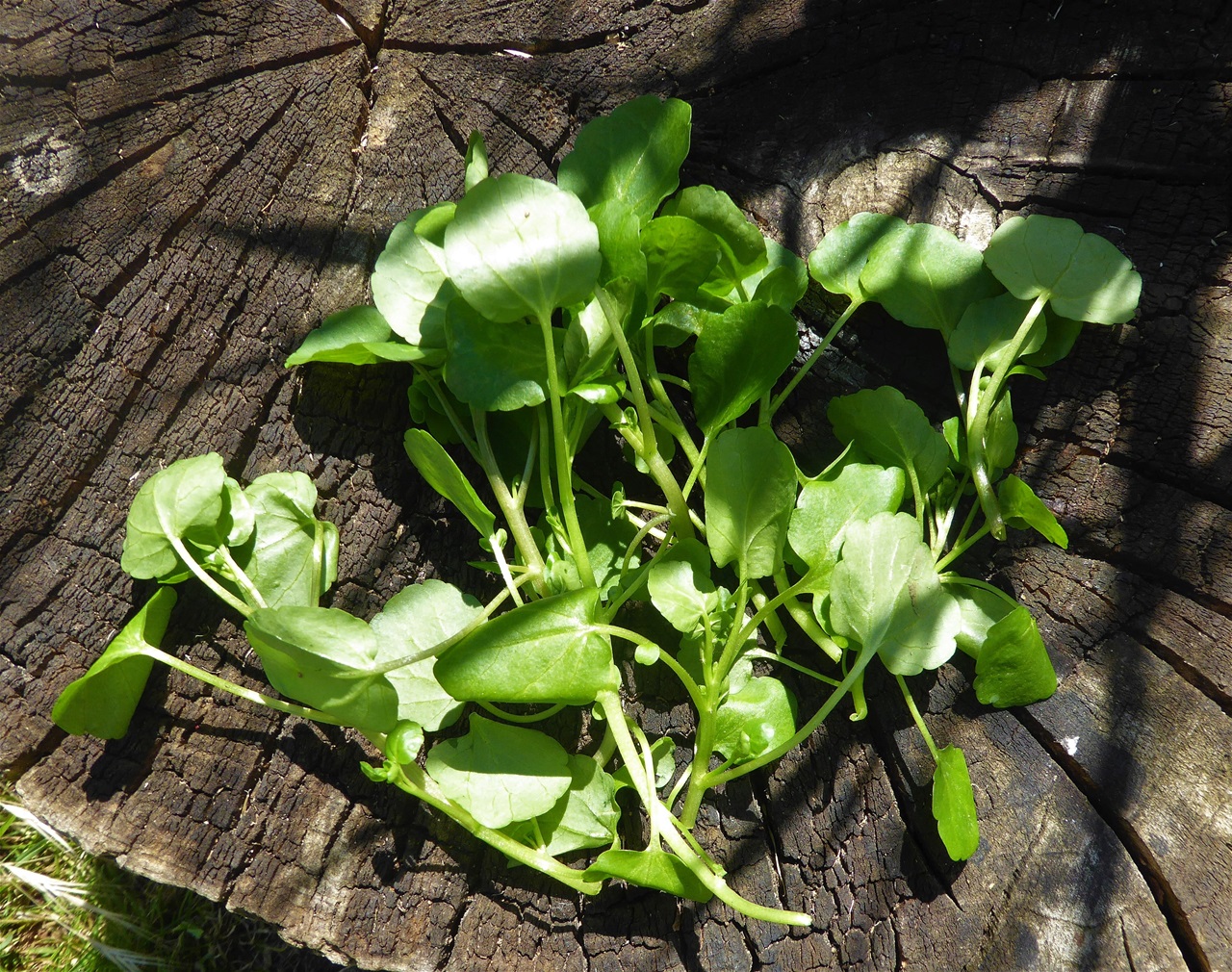

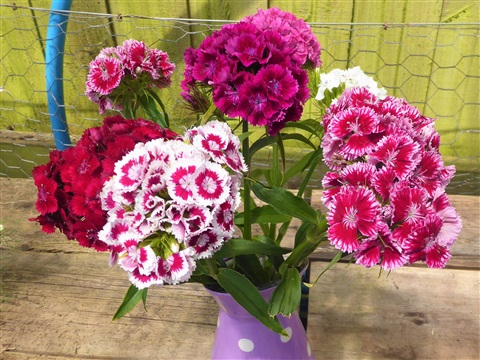
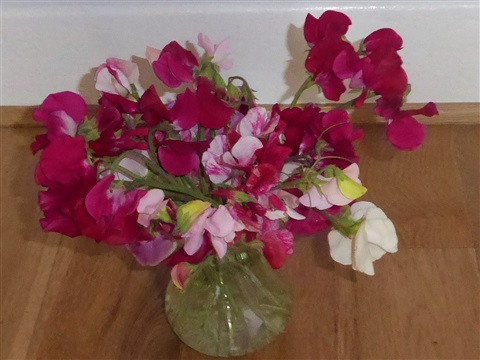



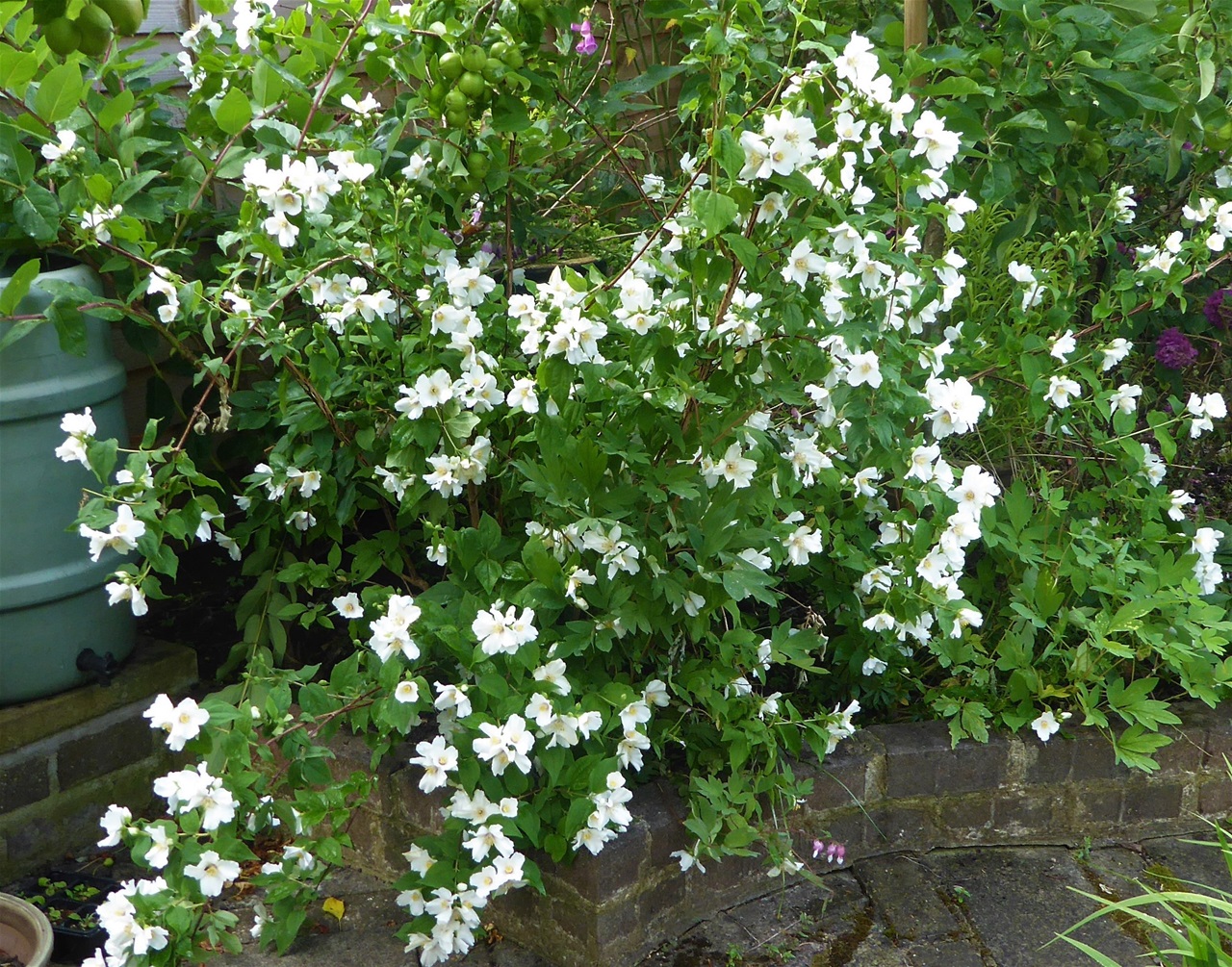
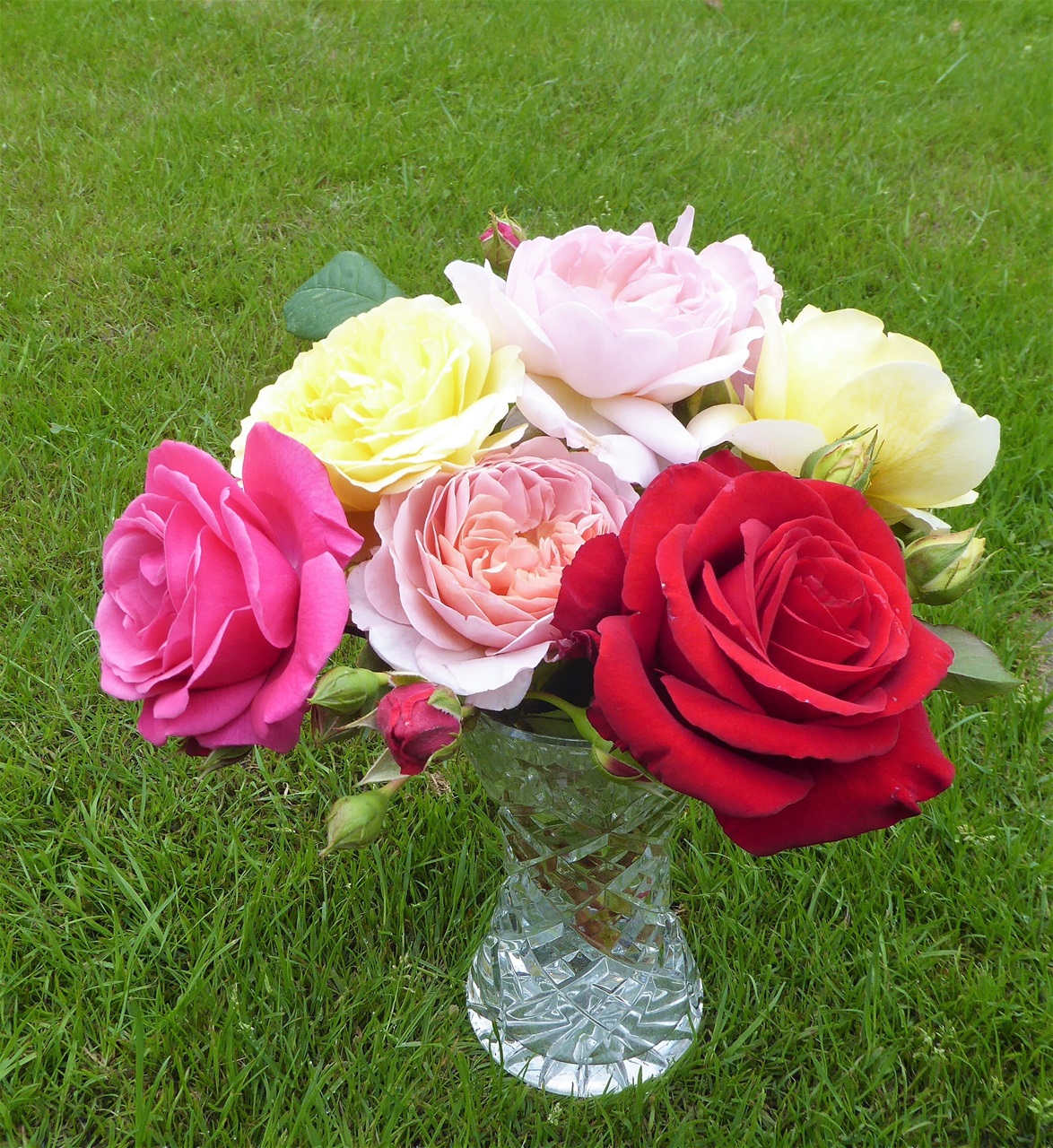

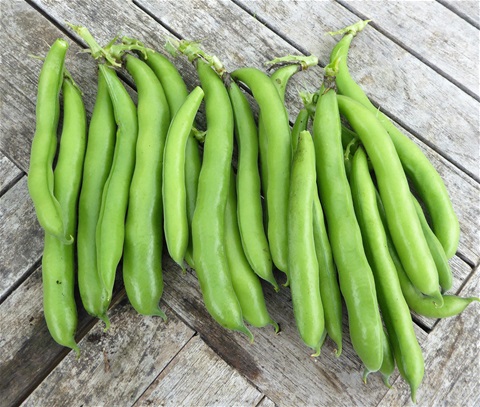
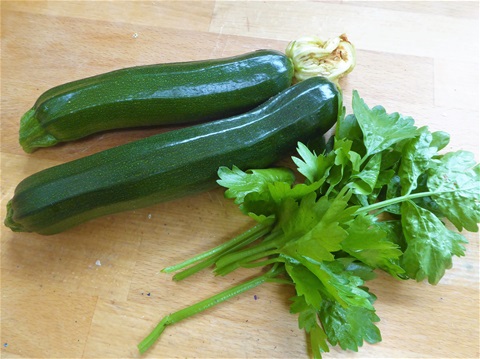
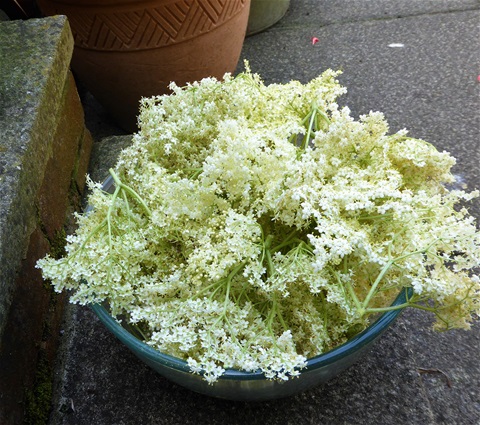
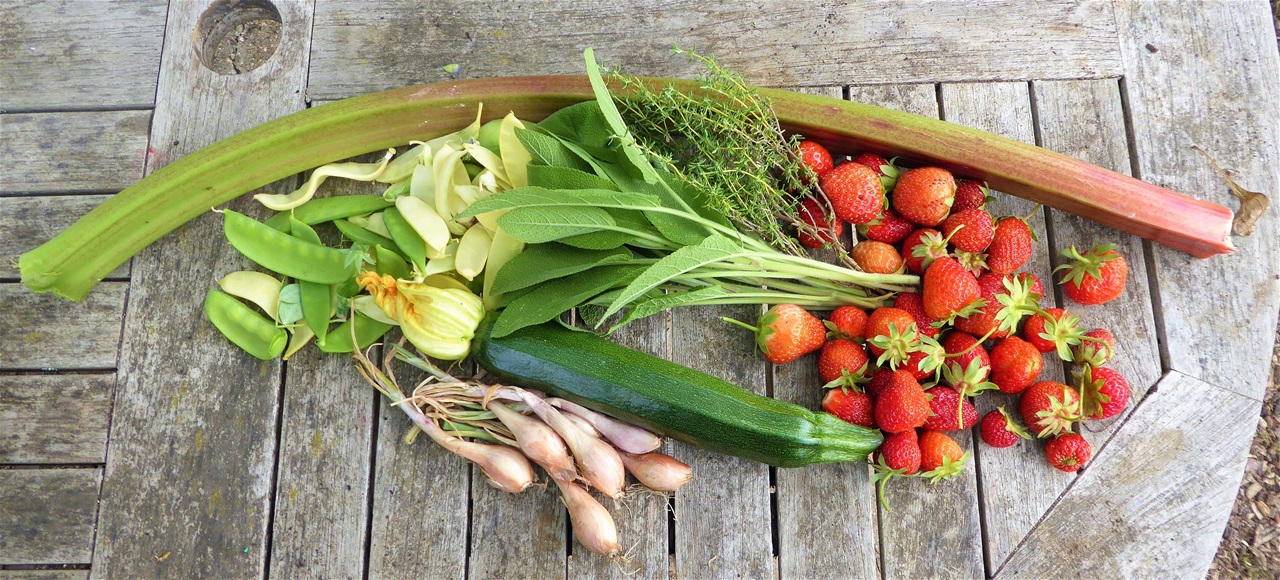
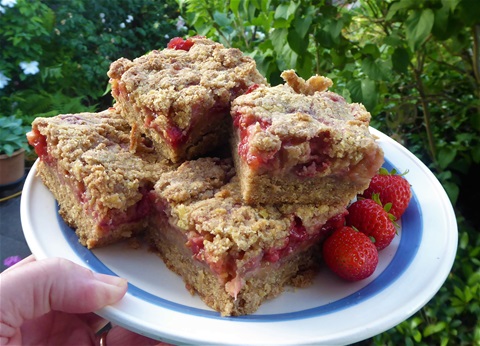
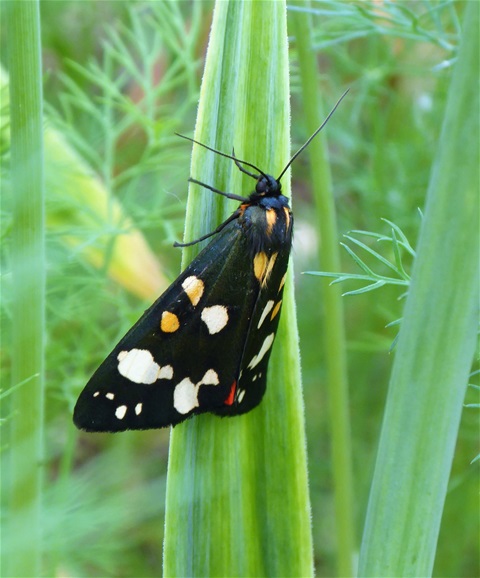
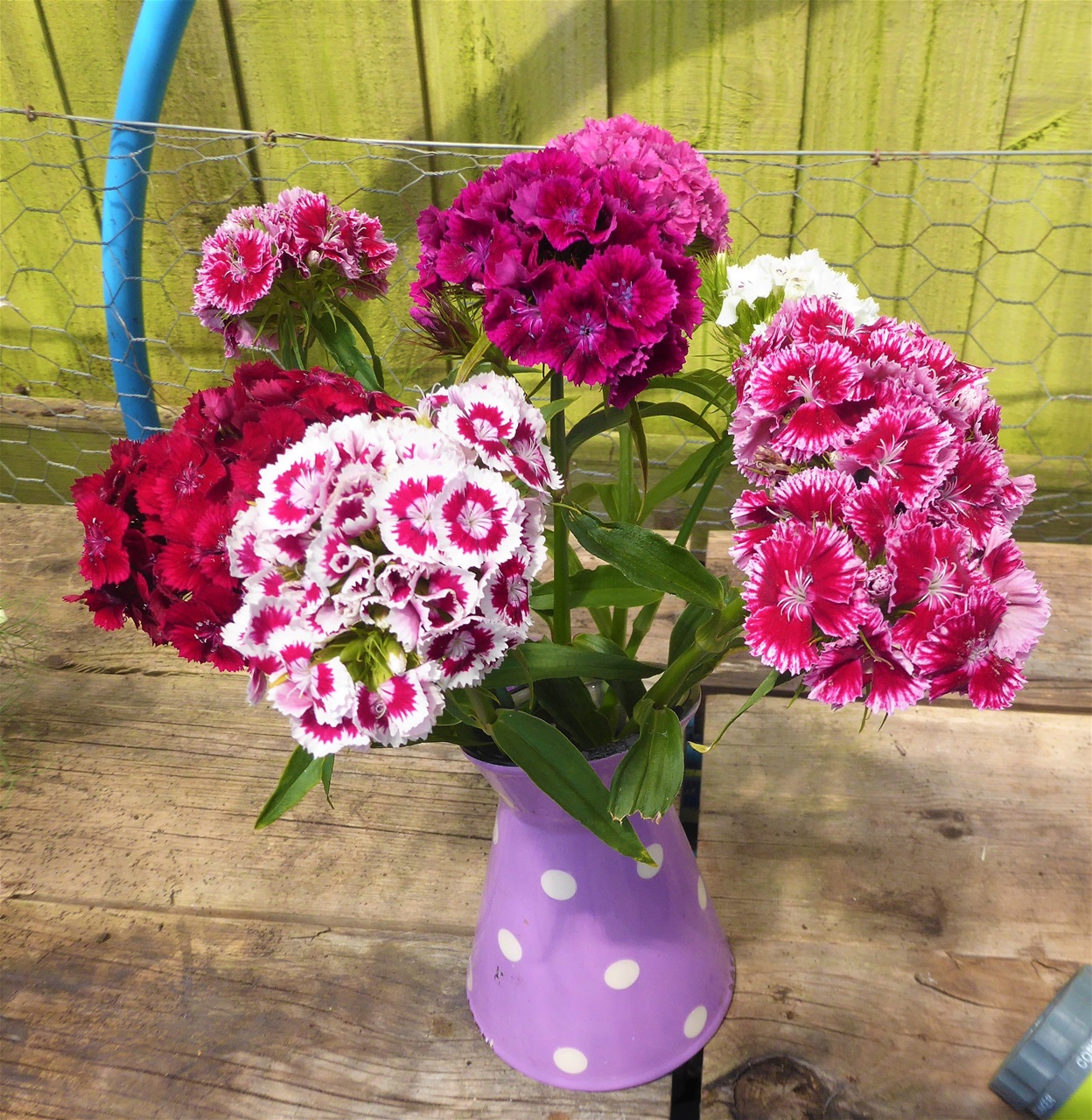
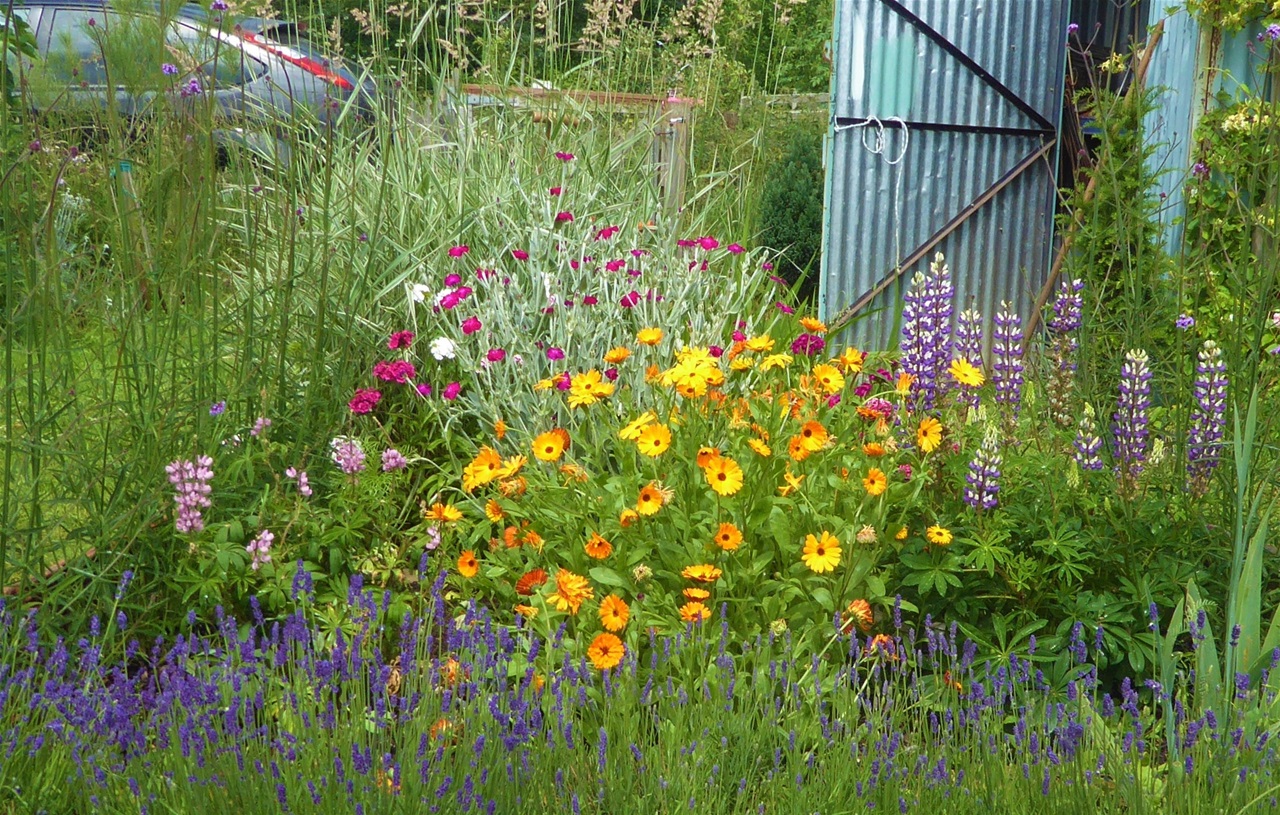

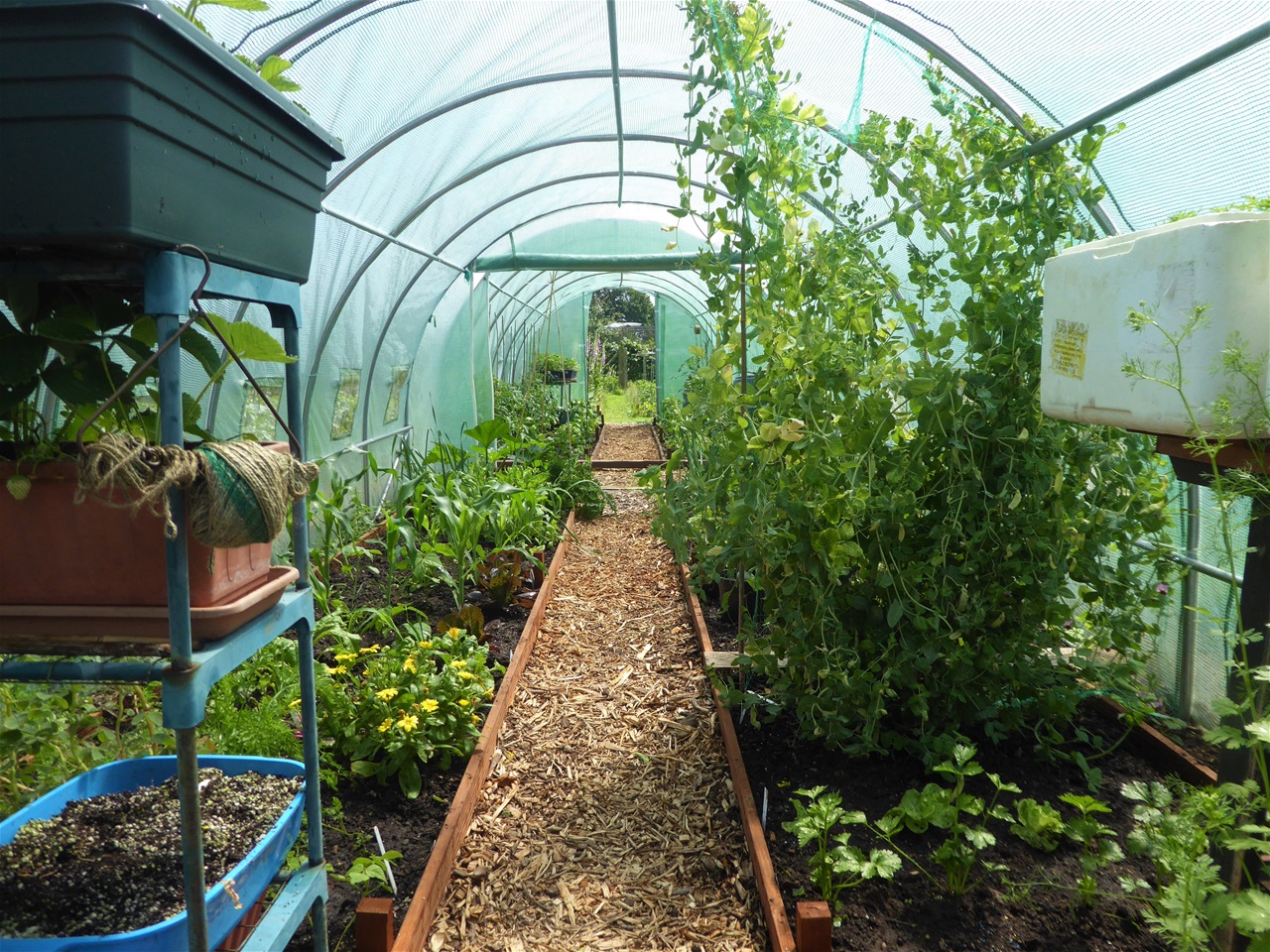
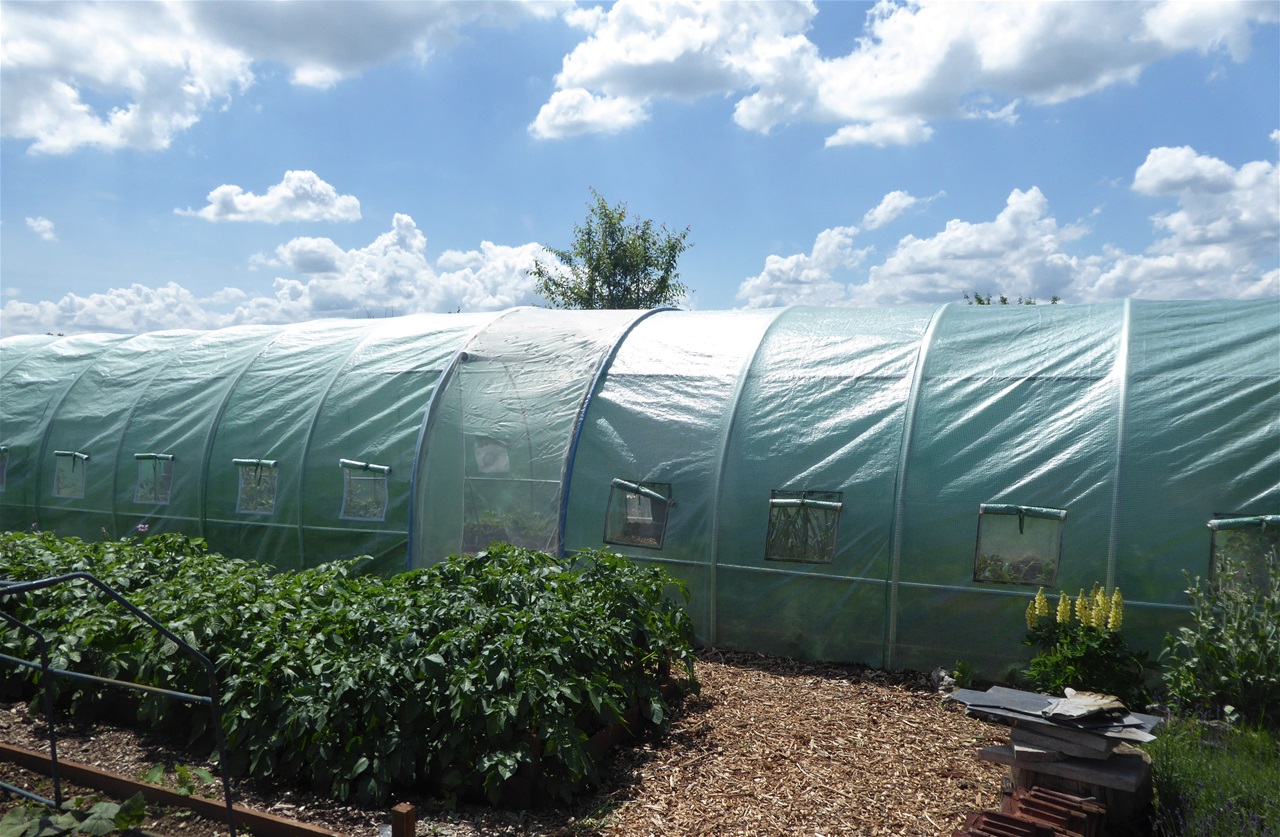
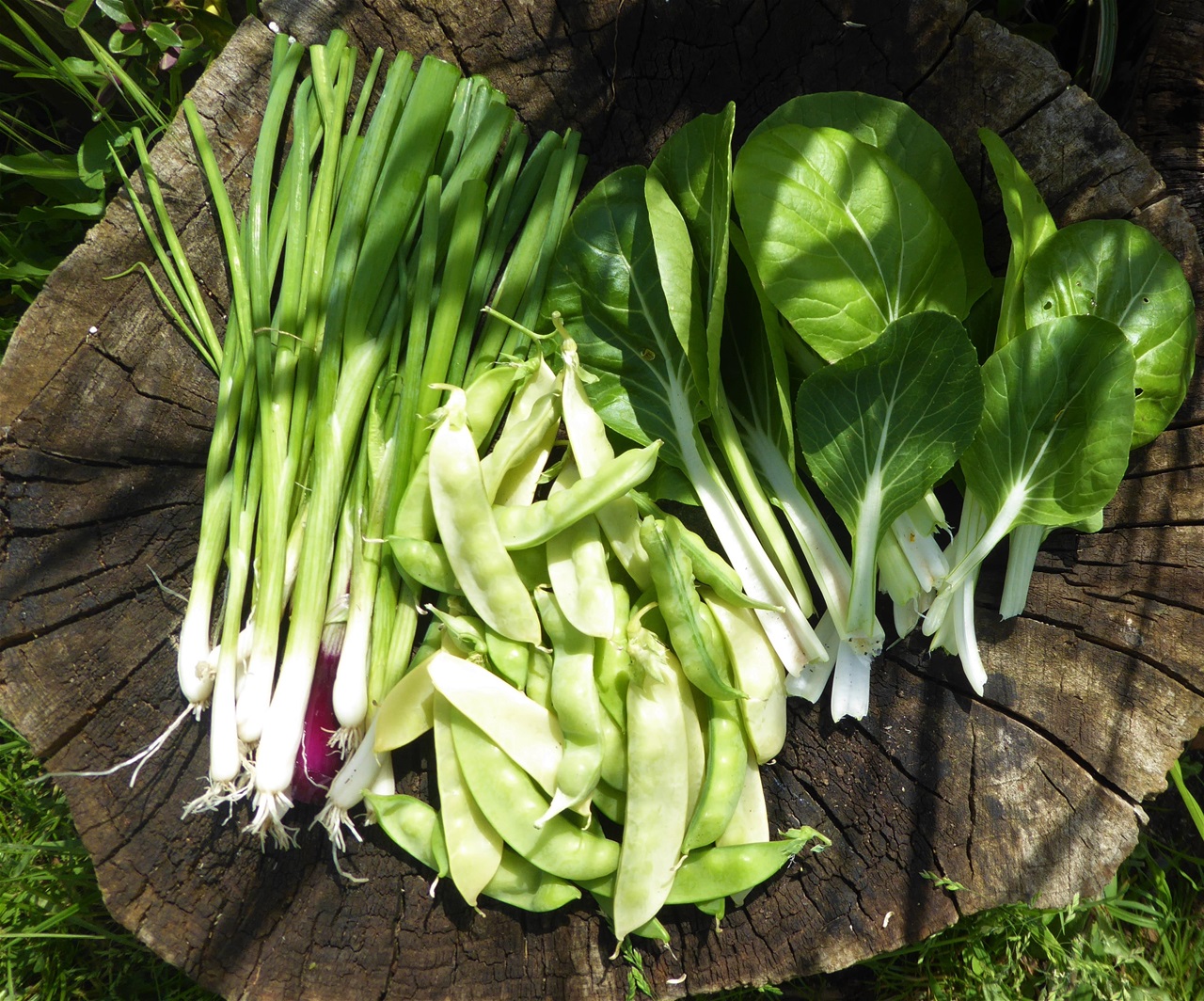
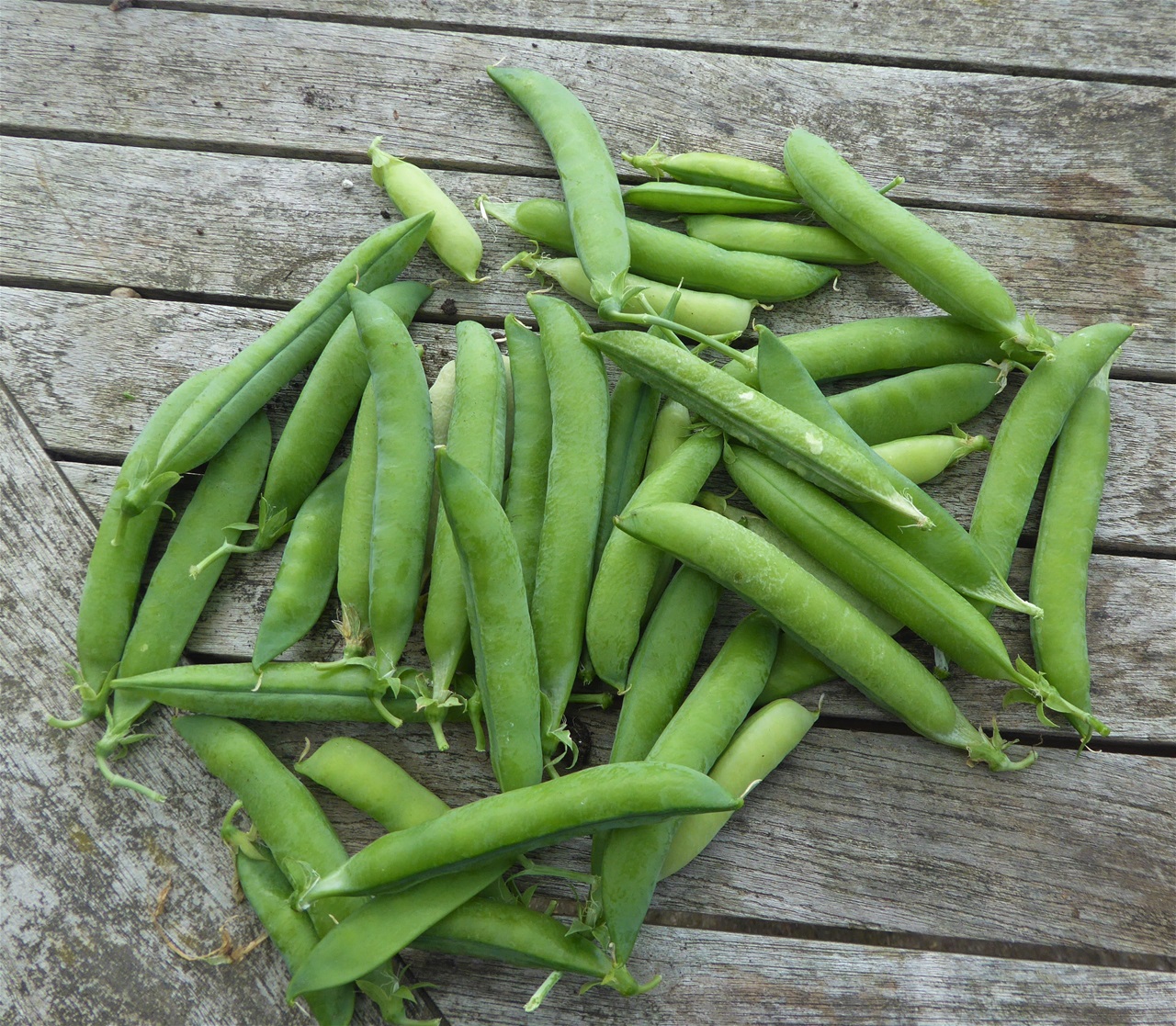

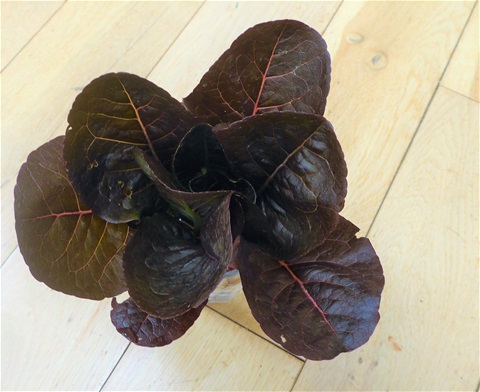
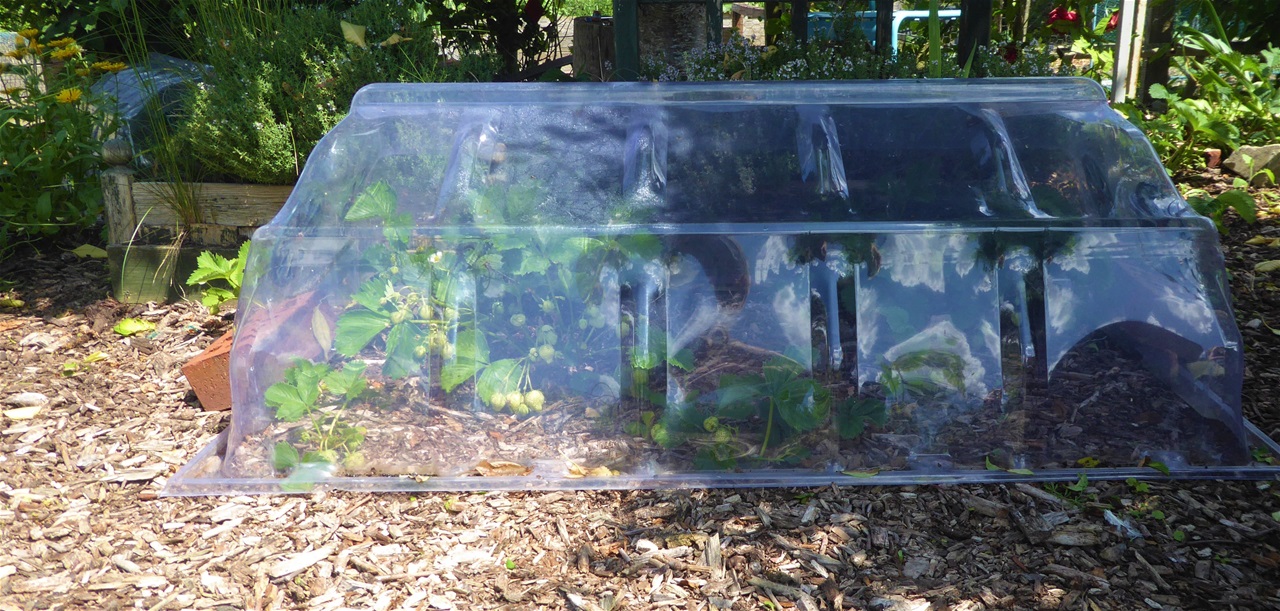
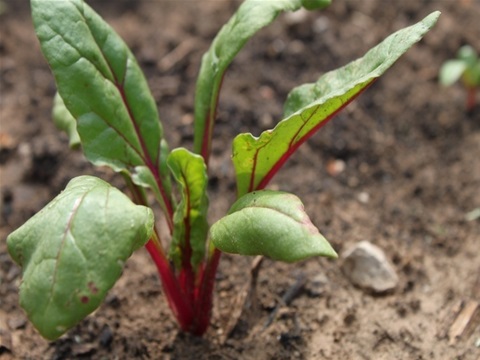
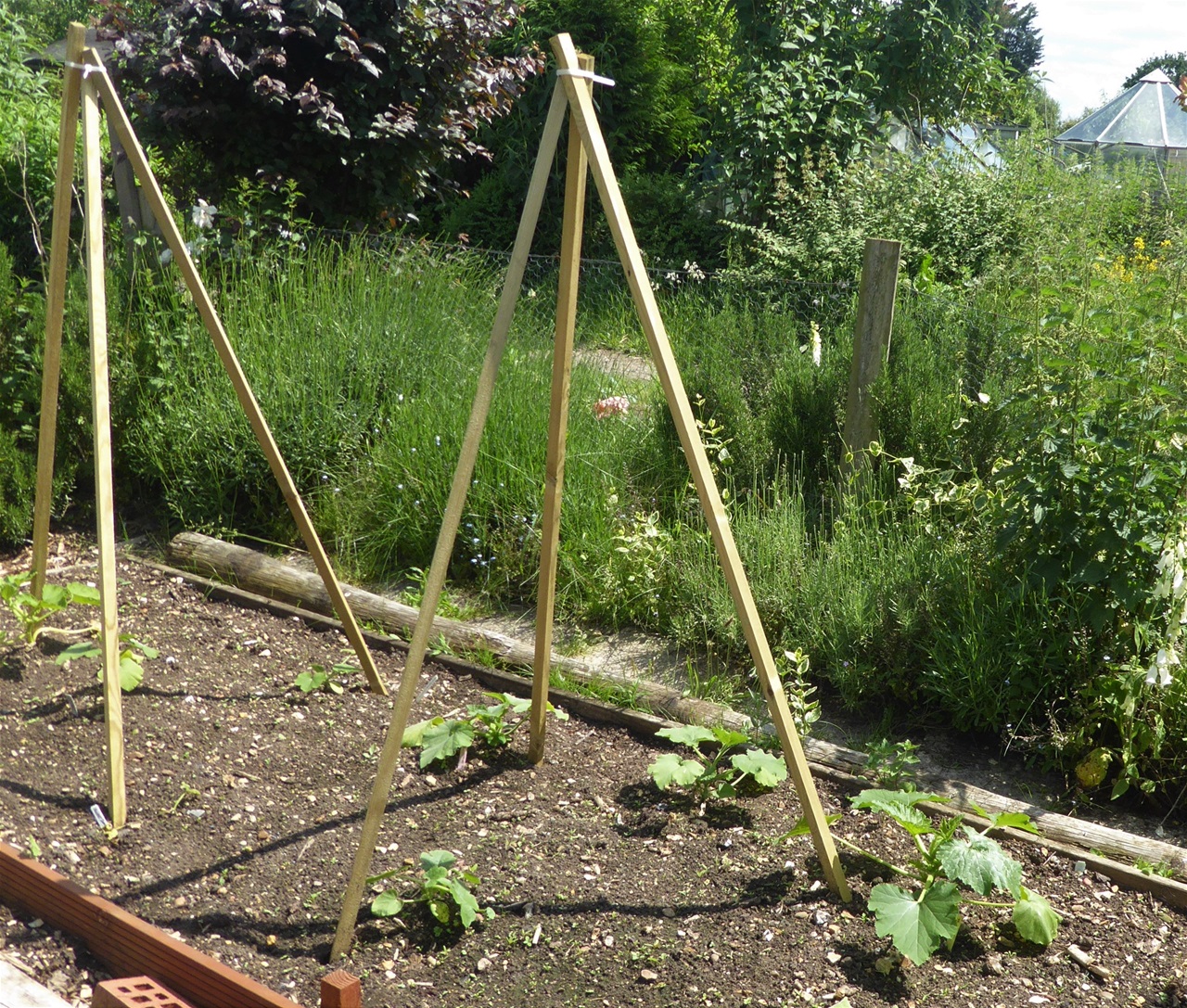

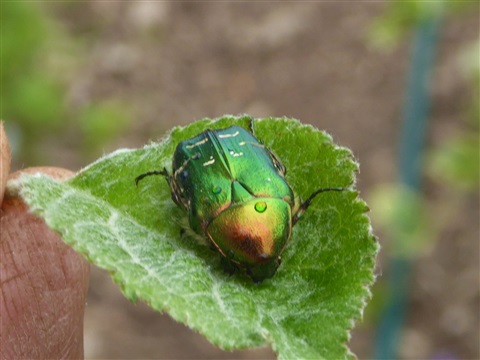
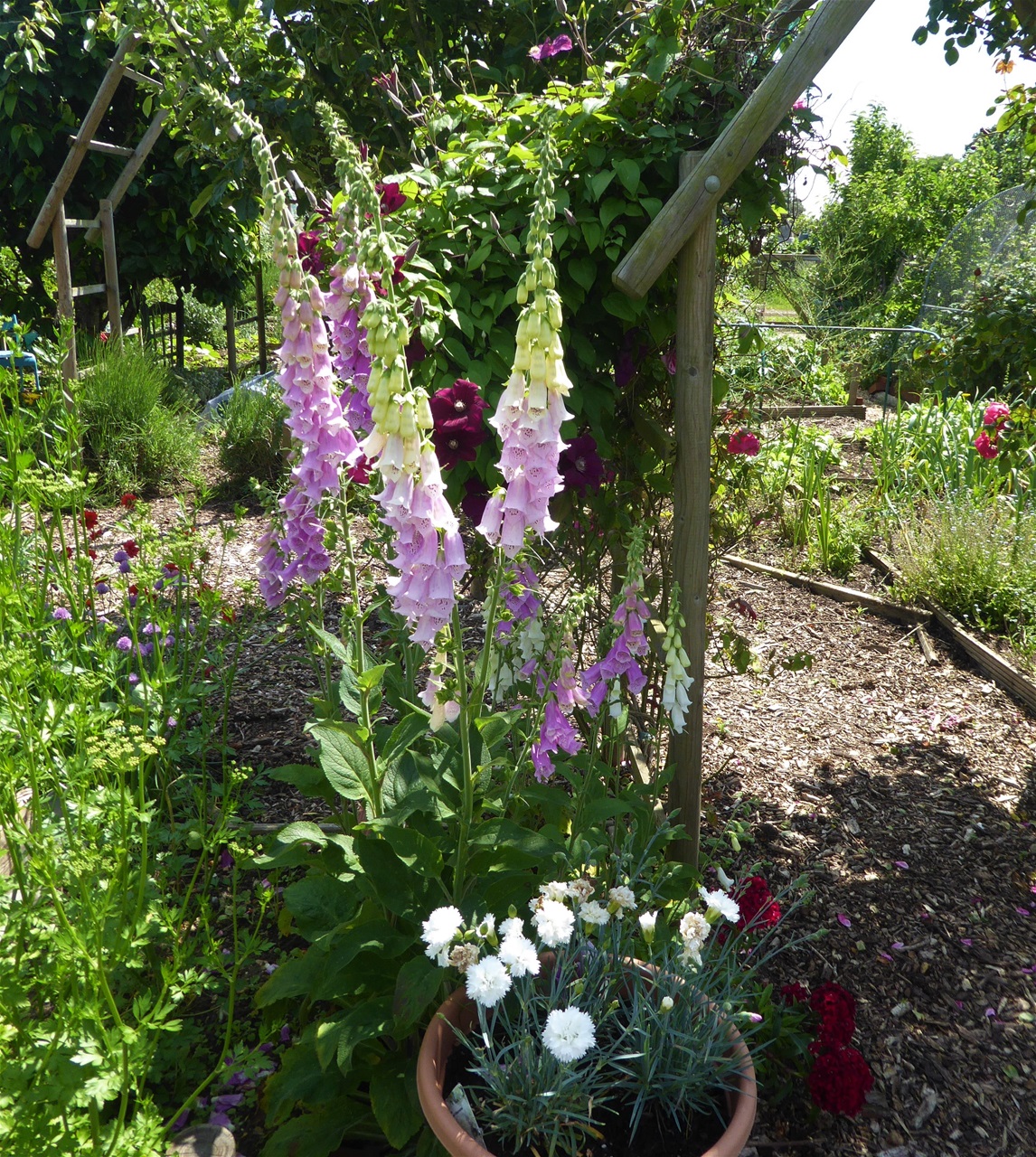
Shawn Ann
So amazing. I have craved a chocolate zucchini cake lately...My zucchini isn't producing well, though. Those ants, amazing what they did to your pot! I think your onions look great!
Phuong
The beets and carrots look lovely, and it sounds like you're harvesting lots from your garden. Wow, the chocolate fudge cake is so amazing looking. Yum.
Kathy
A variety of harvests is always good! And I can recommend the cake if you have time to bake one, Phuong
joy
Your onions are interesting. I am only growing onions from seed this year as my sets have bolted for the last few years and I know in this heat that we are having that they would do the same this year
Kathy
That is a good point. So far the Spring sets that survived the mole attacks under them are OK... I might look into seeds for Autumn varieties, if these are available
Dave@OurHappyAcres
The garlic is beautiful! And it sounds like you have a better method to dry it than I do (hanging in the basement). The strawberries are lovely too. A swap for a little jam sounds good to me!
Kathy
Made the most of the sunshine, Dave. Soon be putting our fairly meagre looking onions out to dry
Shawn Ann
Absolutely gorgeous harvest pics! So much beautiful color. I am very happy to be finding lady bug larvae in my garden too! They took care of a huge aphid problem I was having! Pure joy ;)
Phuong
Such a lovely collection of vegetables. Your hard work is paying off. And I can smell the spiciness of your garlic from here. Beautiful.
trillium
Wow, the garden sure is looking fantastic as does all the produce.
Kathy
Thanks Trill & Phuong. The range of vegetables to harvest is increasing now and it is great to have such a choice at dinner time!
Dave@OurHappyAcres
Your garlic looks great, and the moth is really stunning! The strawberry and rhubarb squares look yummy too. We have gooseberries and never thought about fixing them like that!
Kathy
I shall try gooseberry and elderflower I think! The garlic so far is good… I'll be digging up the rest this week, so we shall see...
Shawn Ann
Wow I love everything in your garden, from flowers to veggies to moths. That one looks very similar to the one I saw last week, also a day flying moth. And the wildflower garden is so beautiful!
Kathy
Thank you for your kind comments Shawn Ann. There are lots more of these moths round now.. hope the same is true for yours!!
Dave@OurHappyAcres
I hope you plan for the tunnels works out! The peas are lovely too. Our wet spring conditions kept me from getting any sown this spring, so I am going to try again this fall.
Phuong
It's so great you're growing corn under cover. That'll definitely keep the critters out. Your peas and onions are looking wonderful. My onions & shallots have been battered from the storms.
Kathy
Last year we actually had corn to eat, rather than it feeding the rats, so fingers crossed it works this year too
Shawn Ann
Everything is just beautiful. I love your greenhouse. It seems to keep everything so nice and pest free! Those peas are amazing, mine are never that good! :(
You have put a lot of work in for sure.
Kathy
Thank you! It is hard work but so worth it when we have fresh, pesticide-free food and plenty of time outdoors too, not just in the polytunnels!!
joy
What great harvests you are getting. I have to cover my strawberries on the allotments not just to stop critters getting them but also passing humans! The flowers look lovely.
Kathy
We don't get too many passing humans...maybe if we did there may be fewer four legged pests. You don't expect people to just help themselves though!!
Linda Barratt
Love the tunnel link up, are you available if they decide on another Chunnel between here & France lol
Kathy
I think Abi will be available in an advisory capacity for a not-too-modest fee